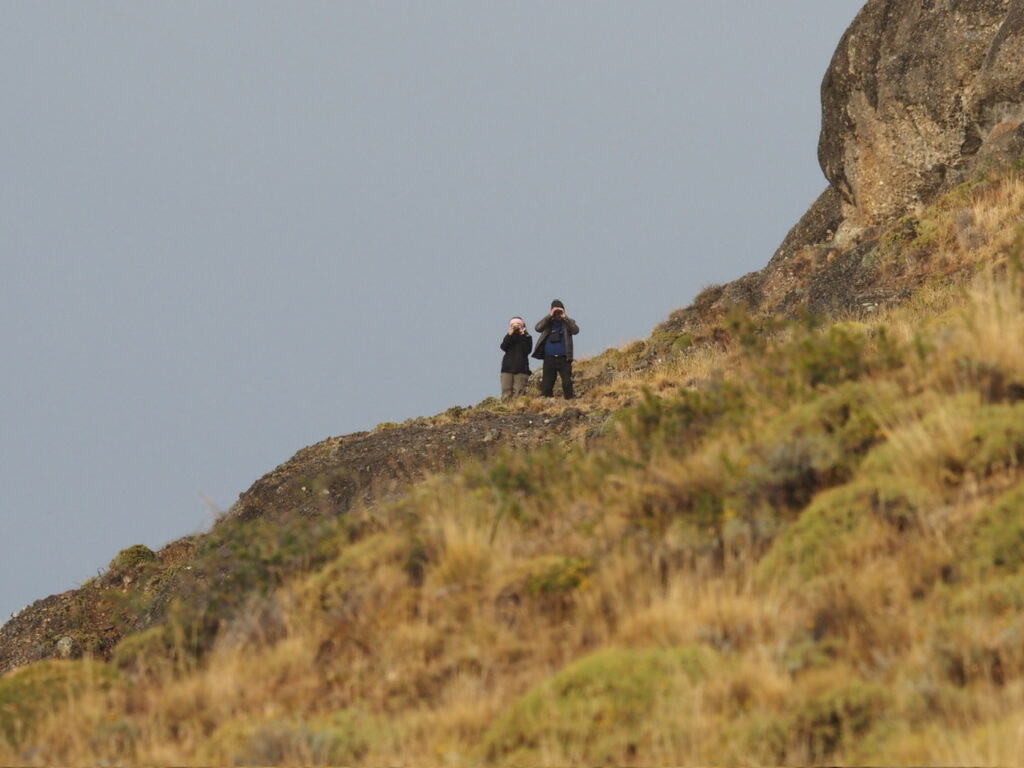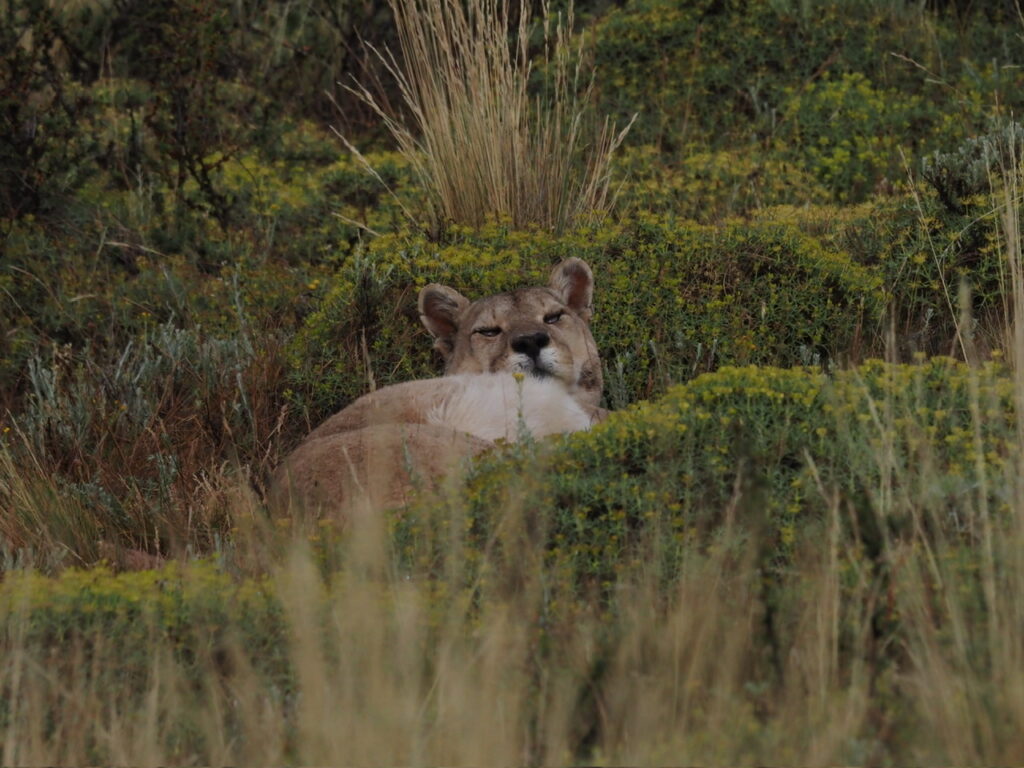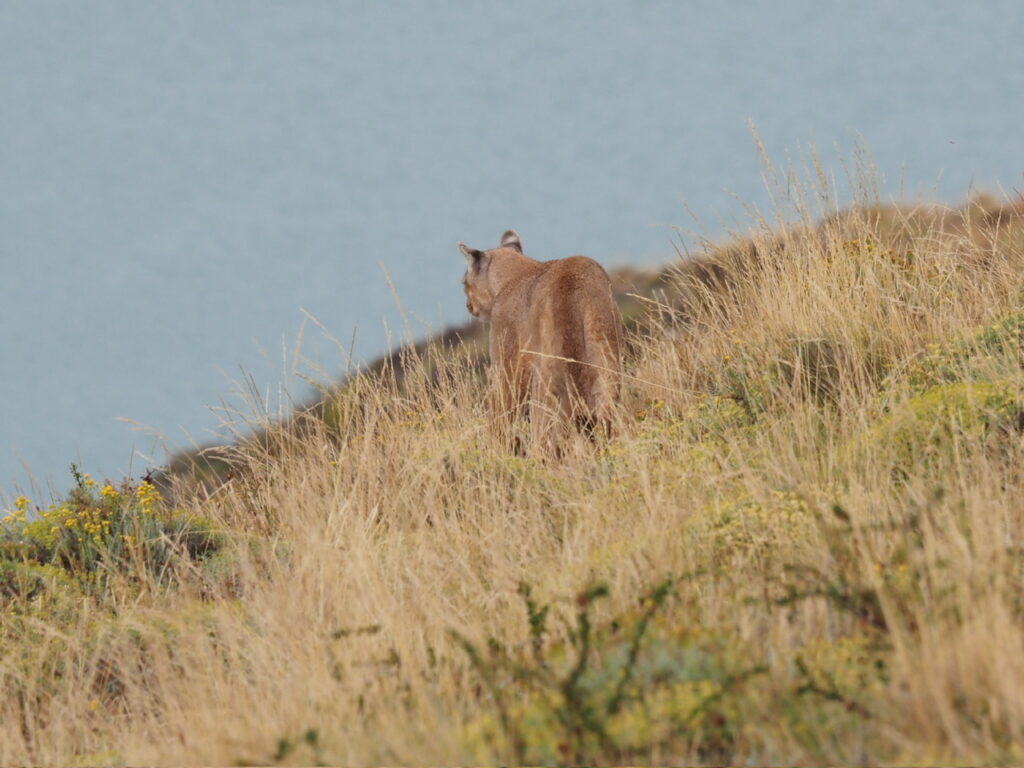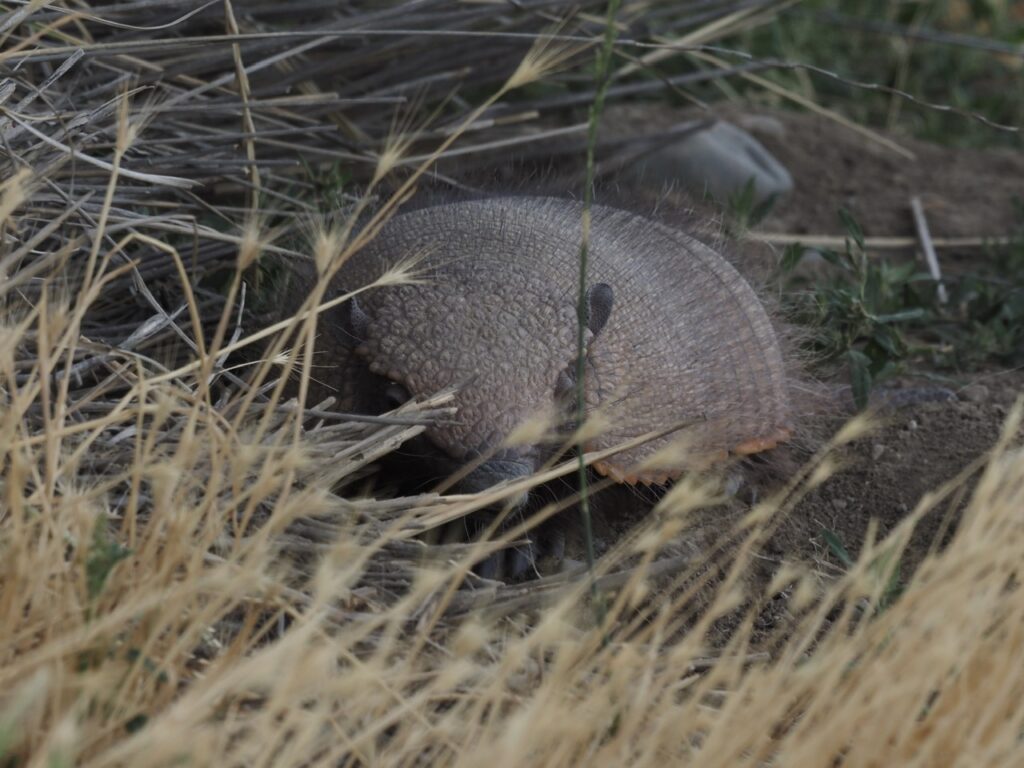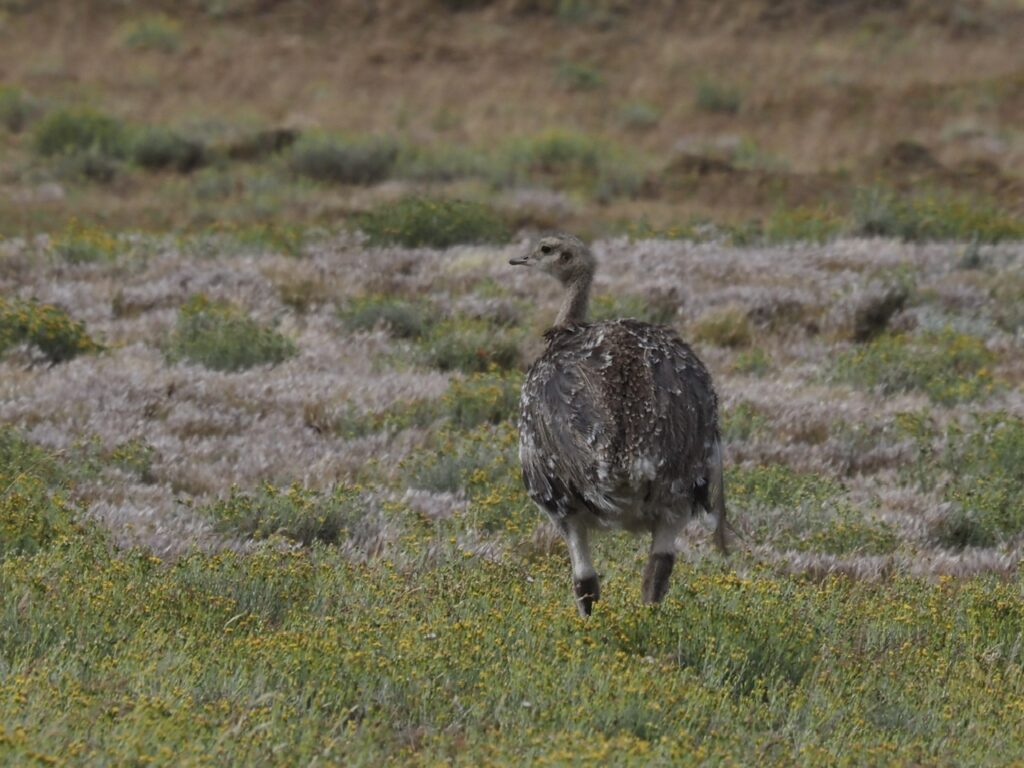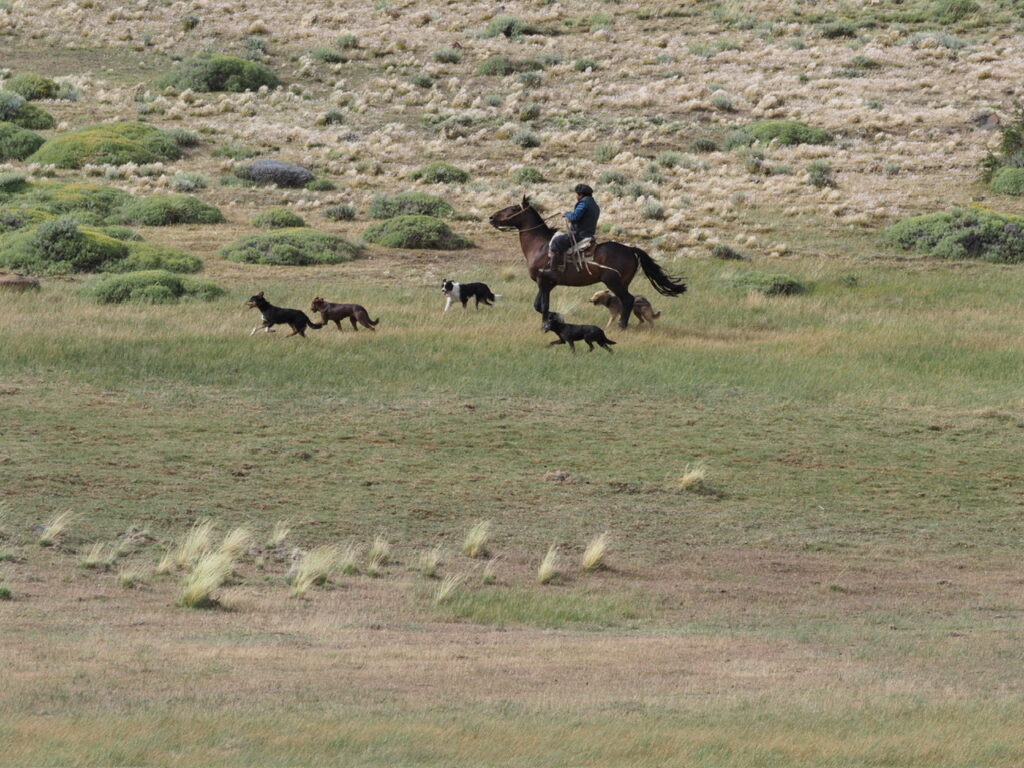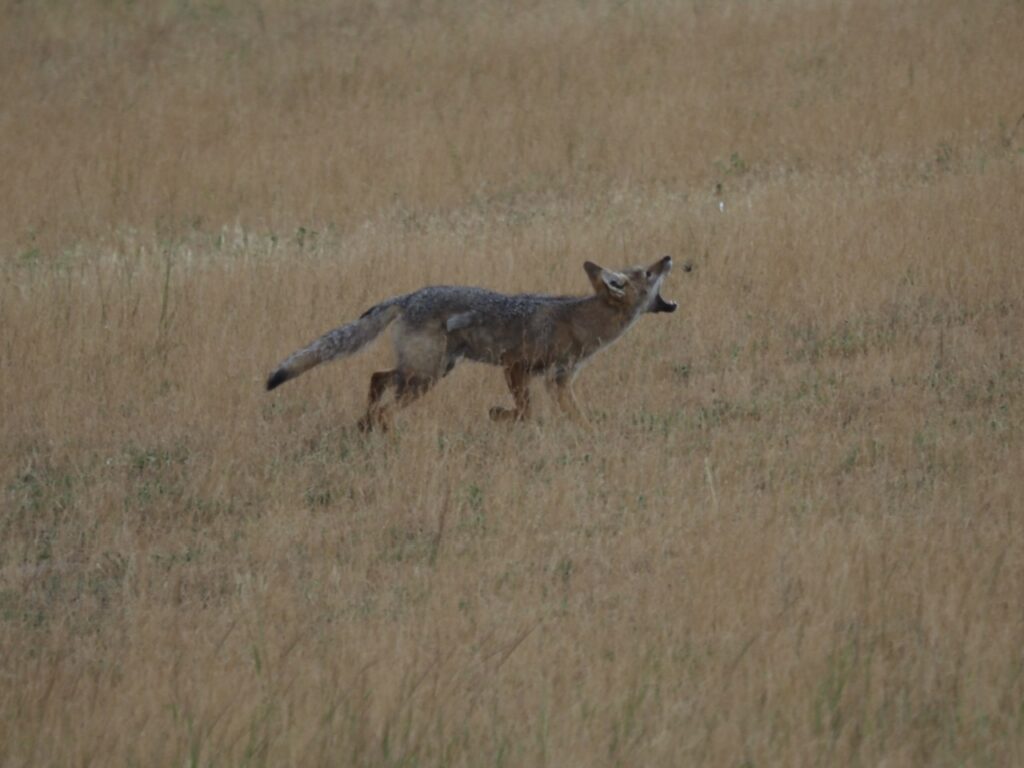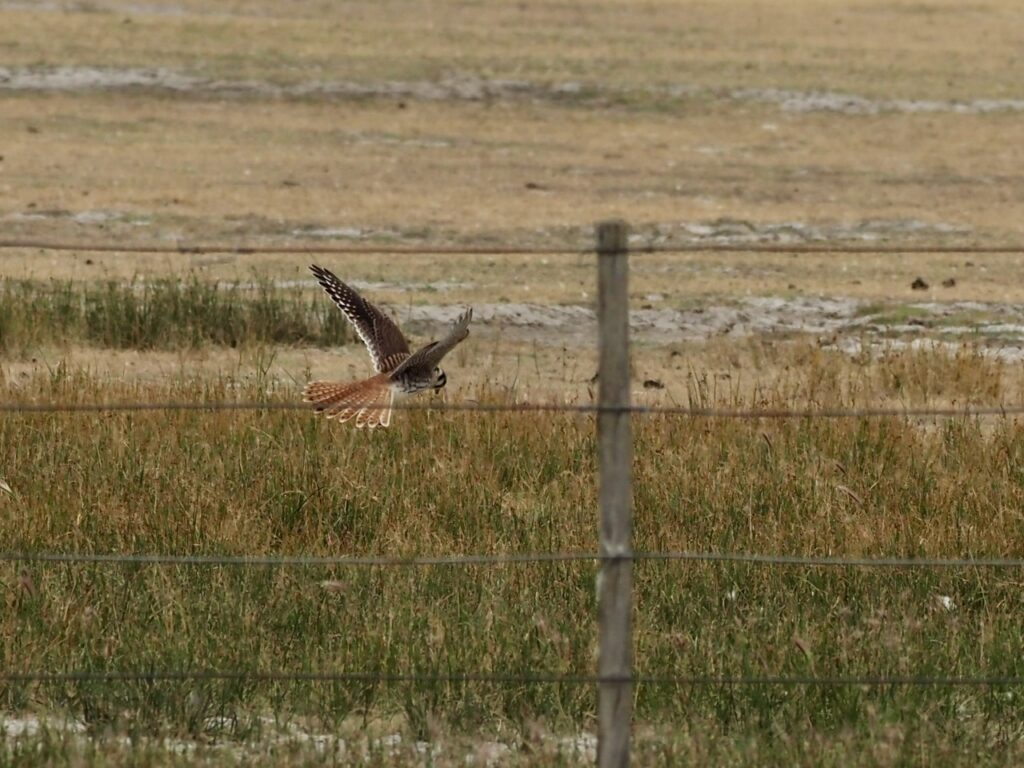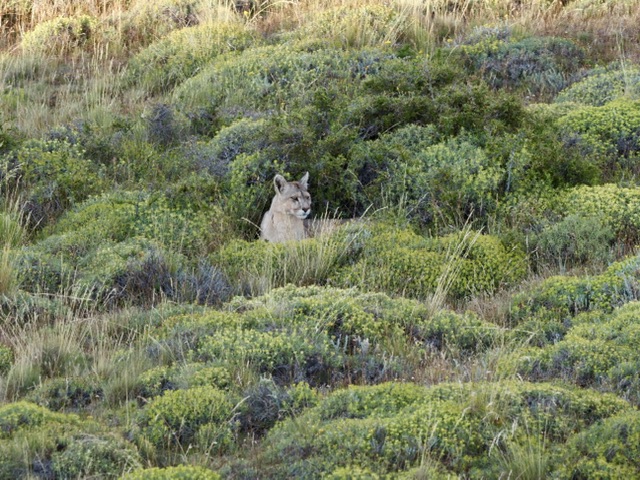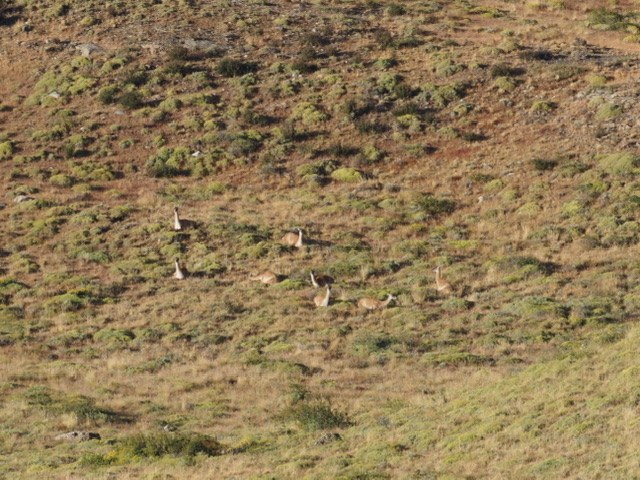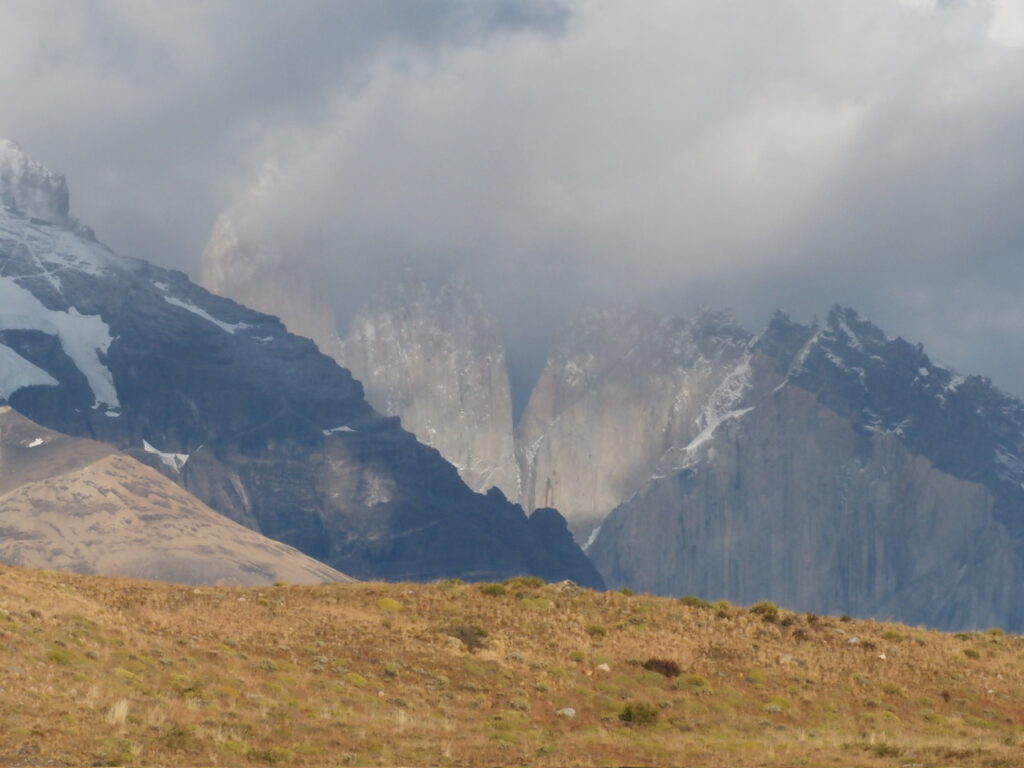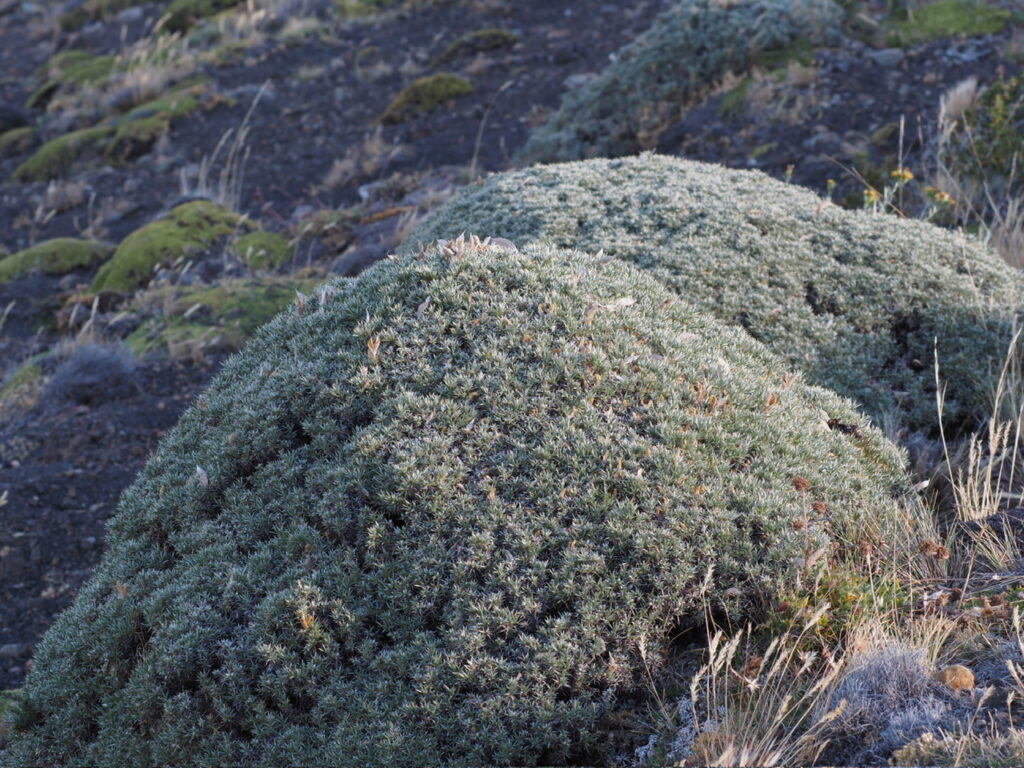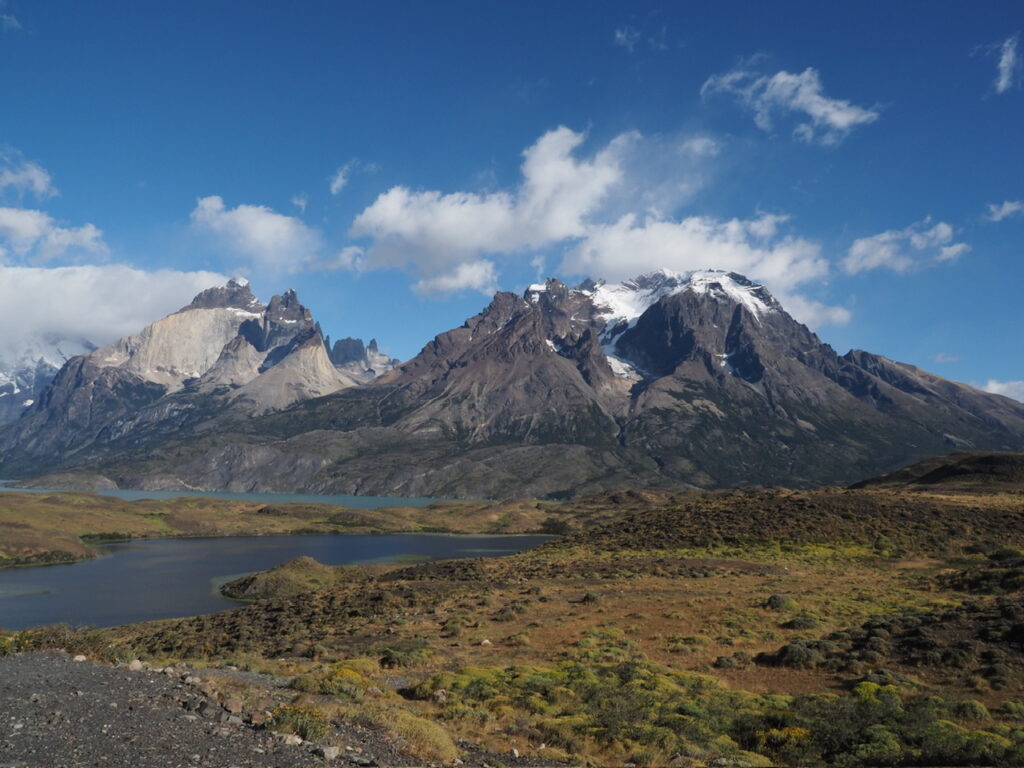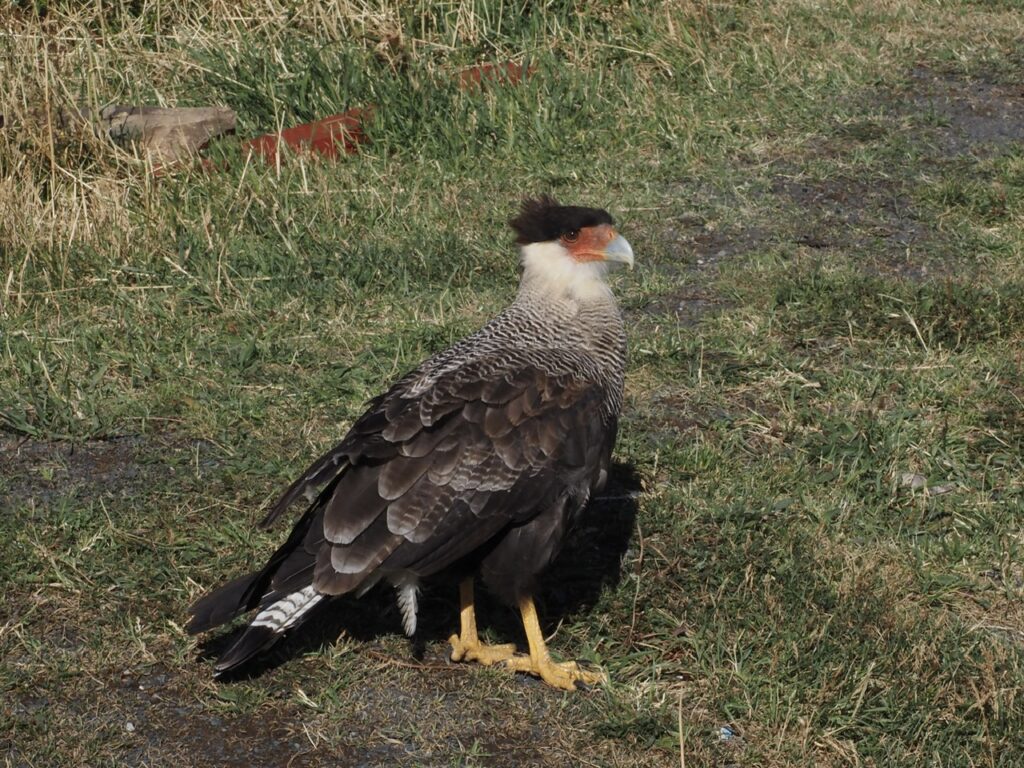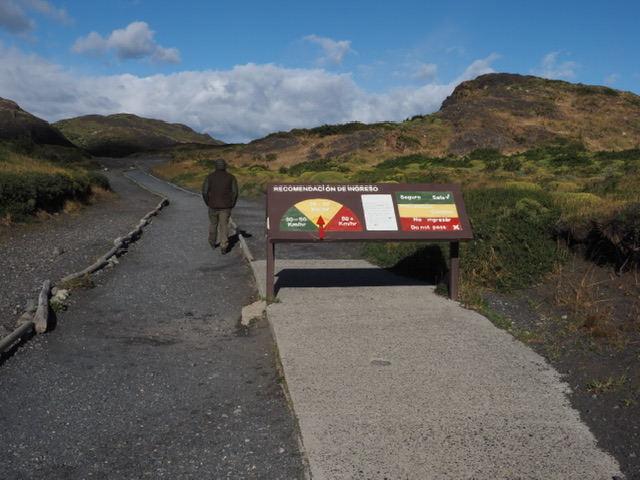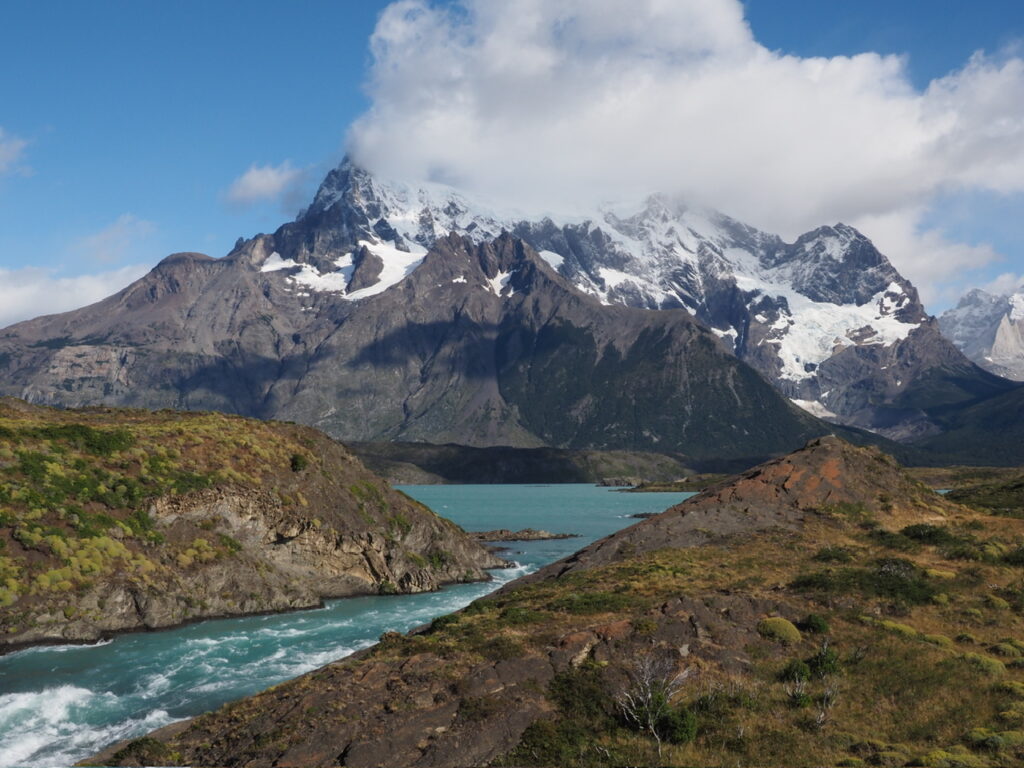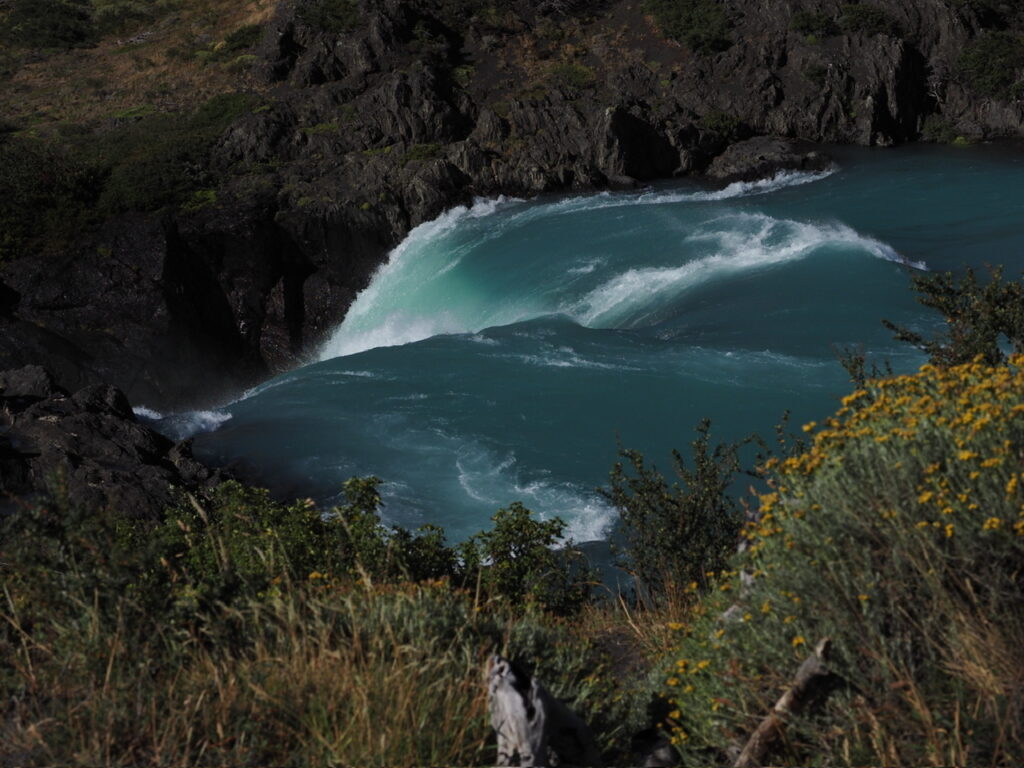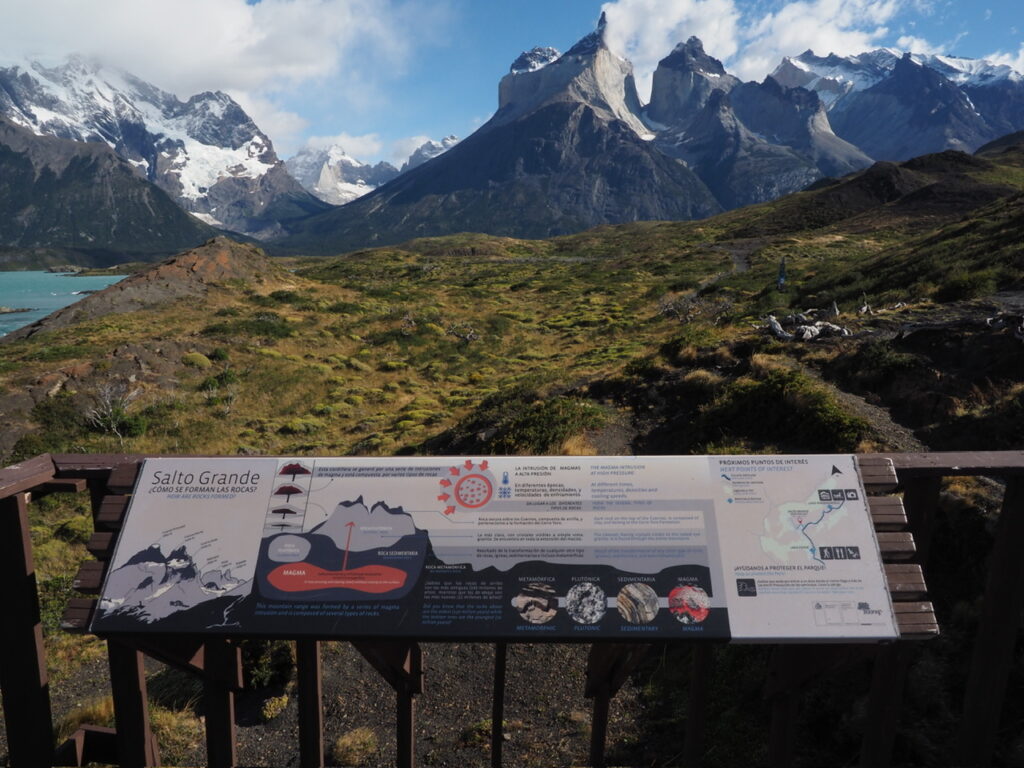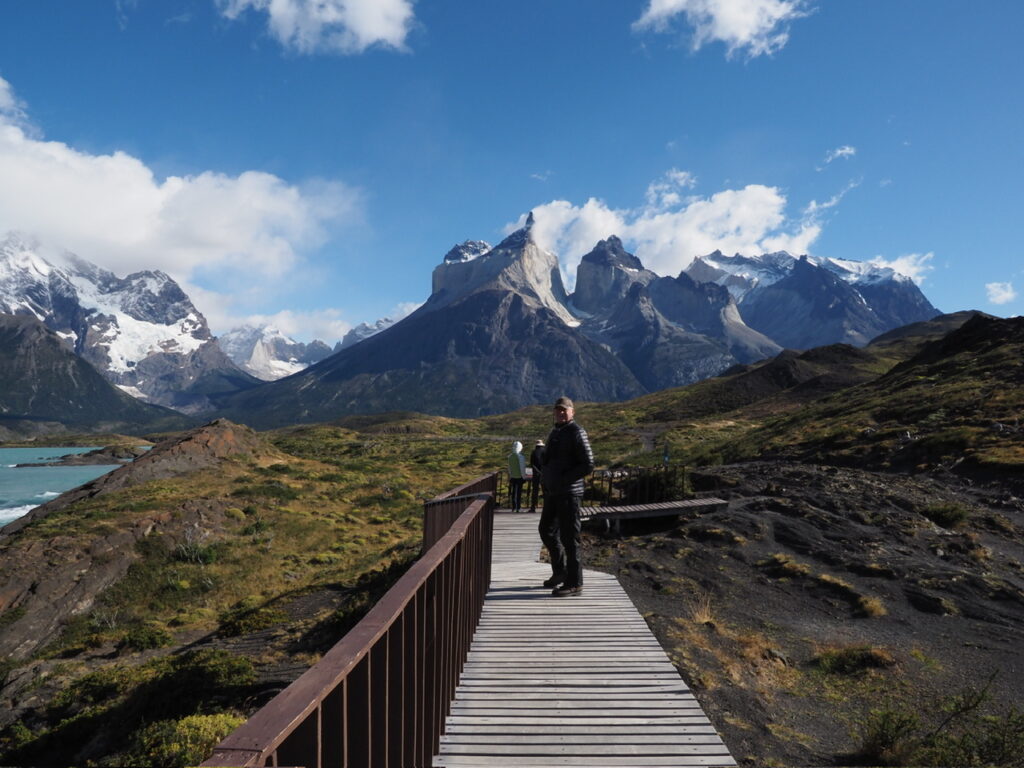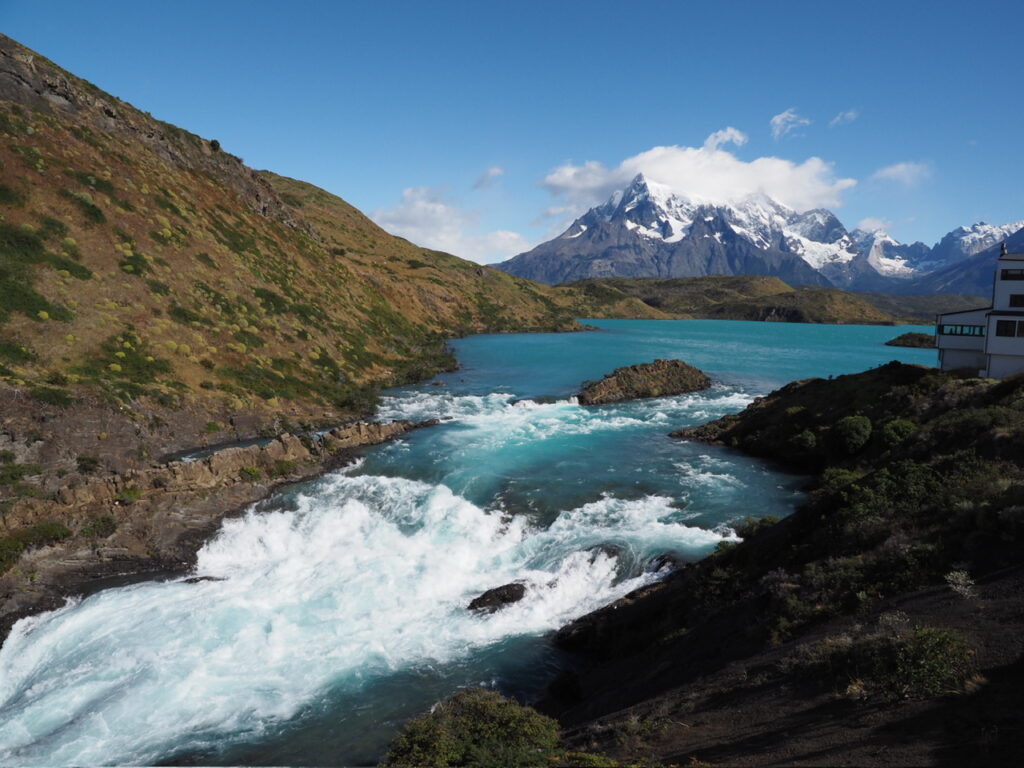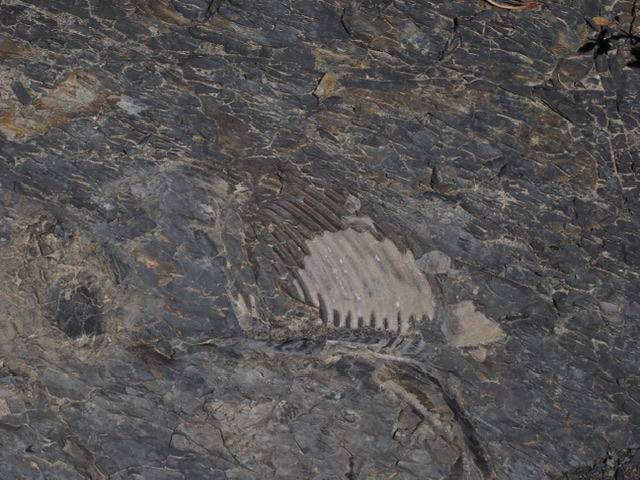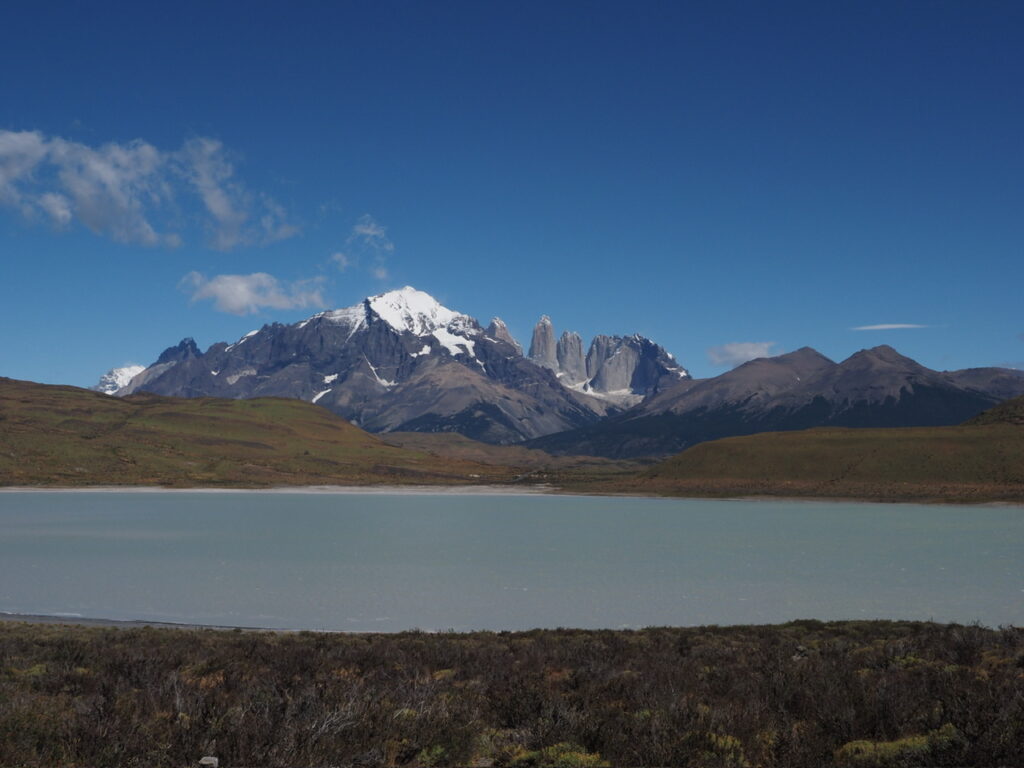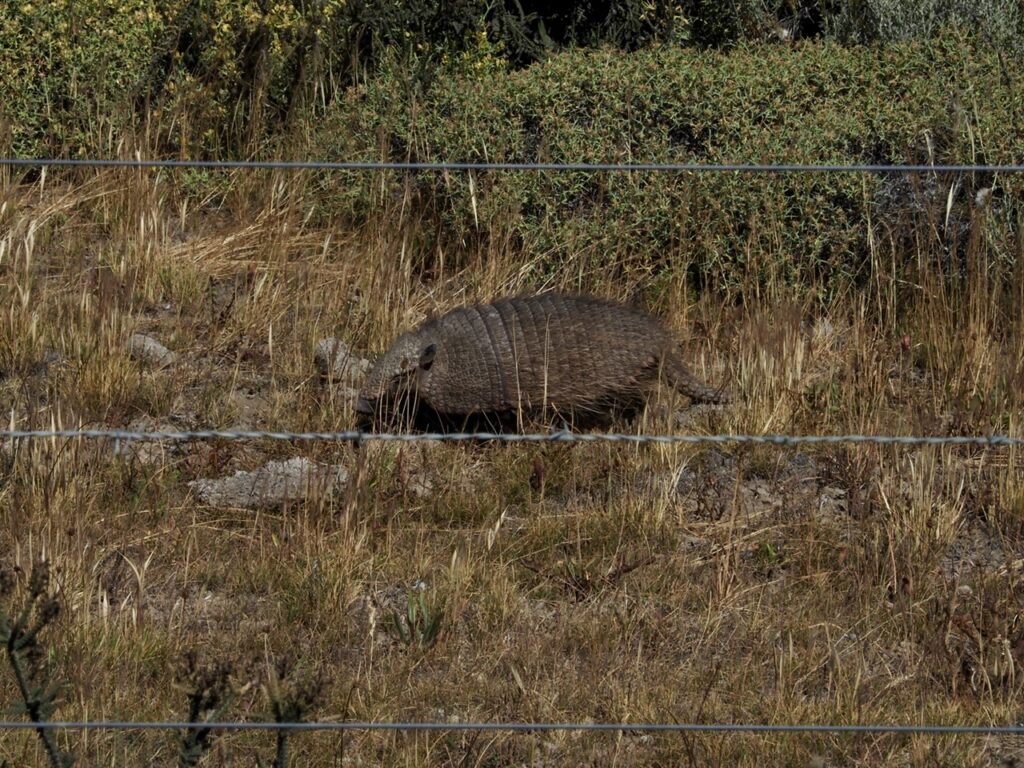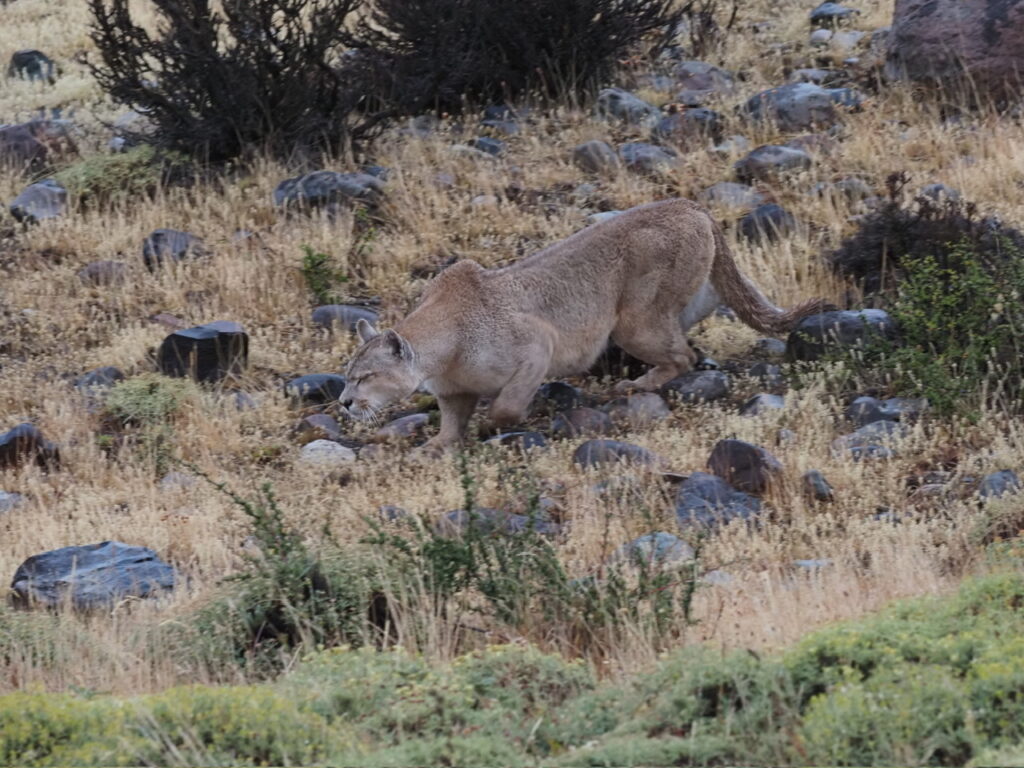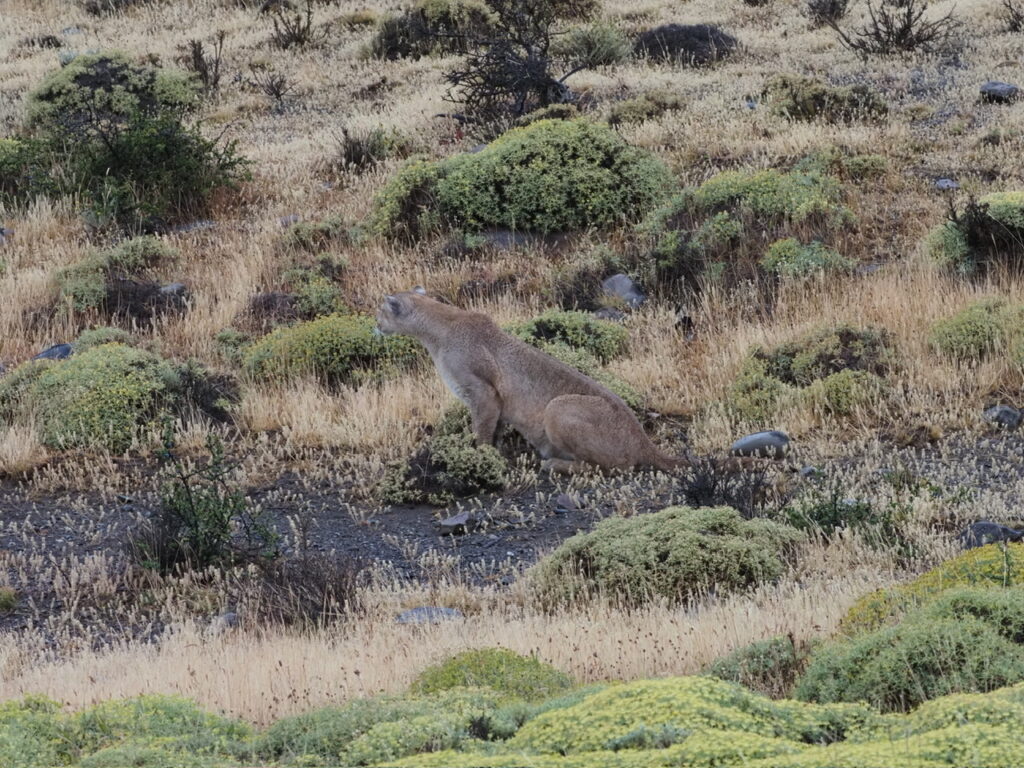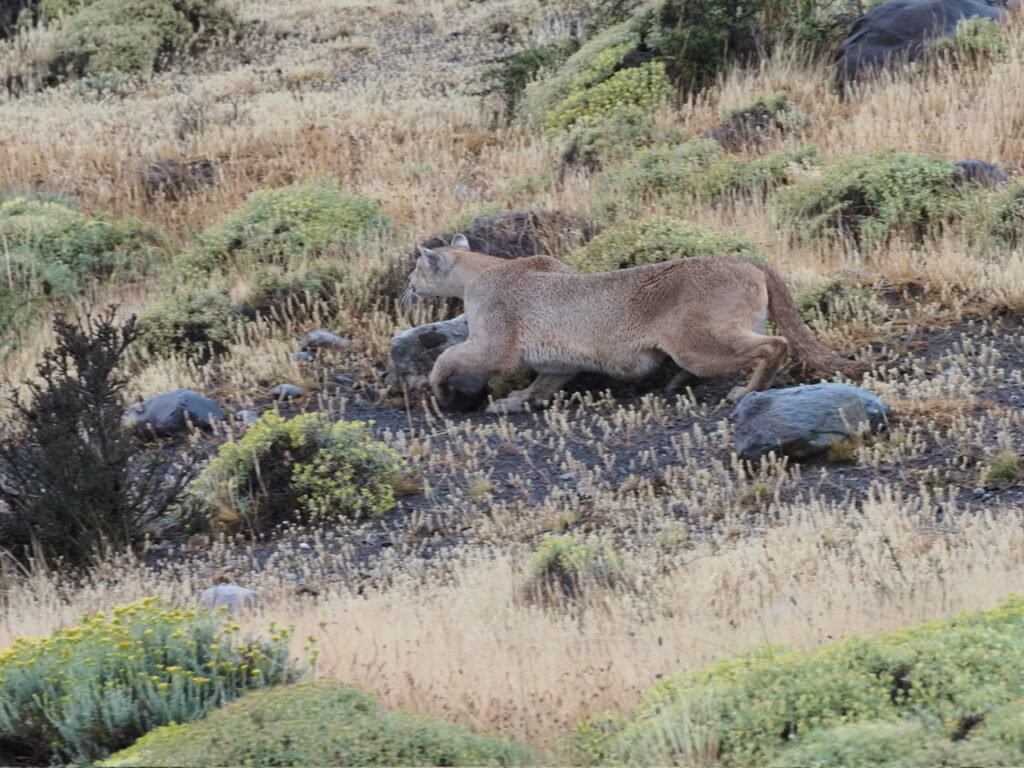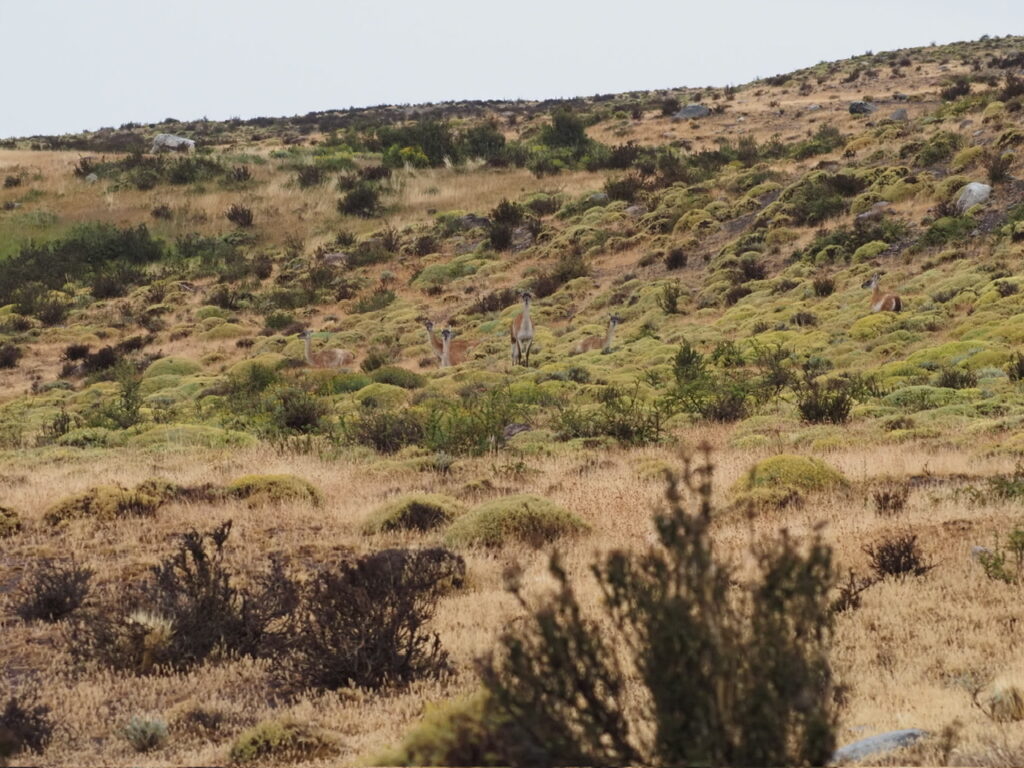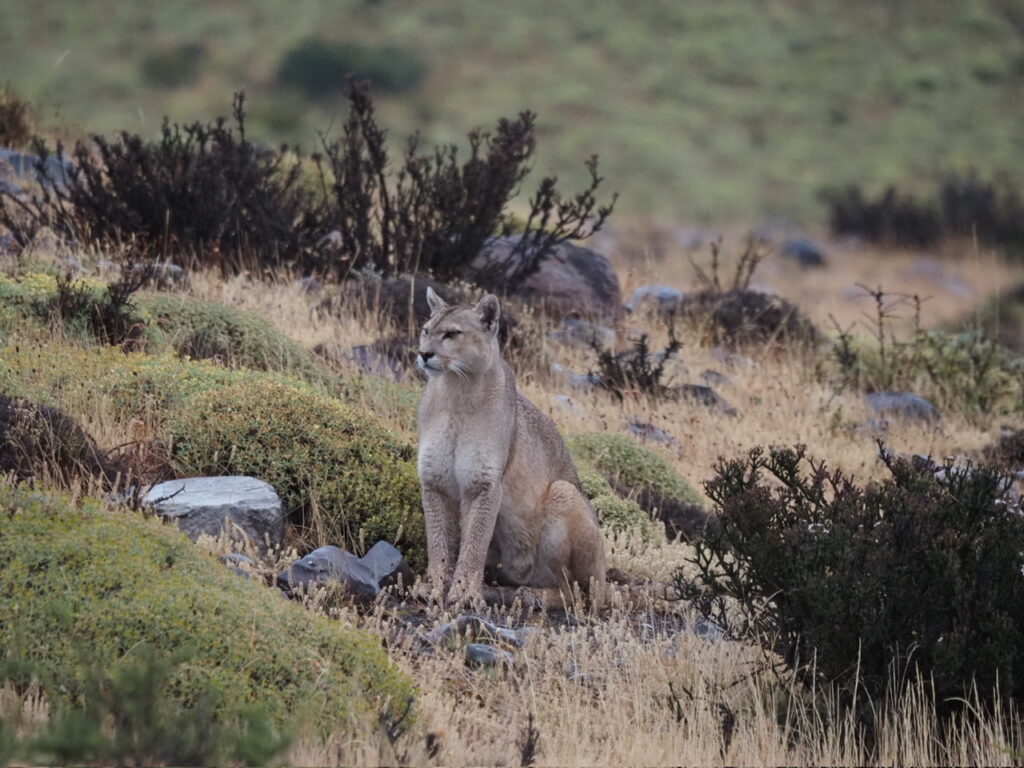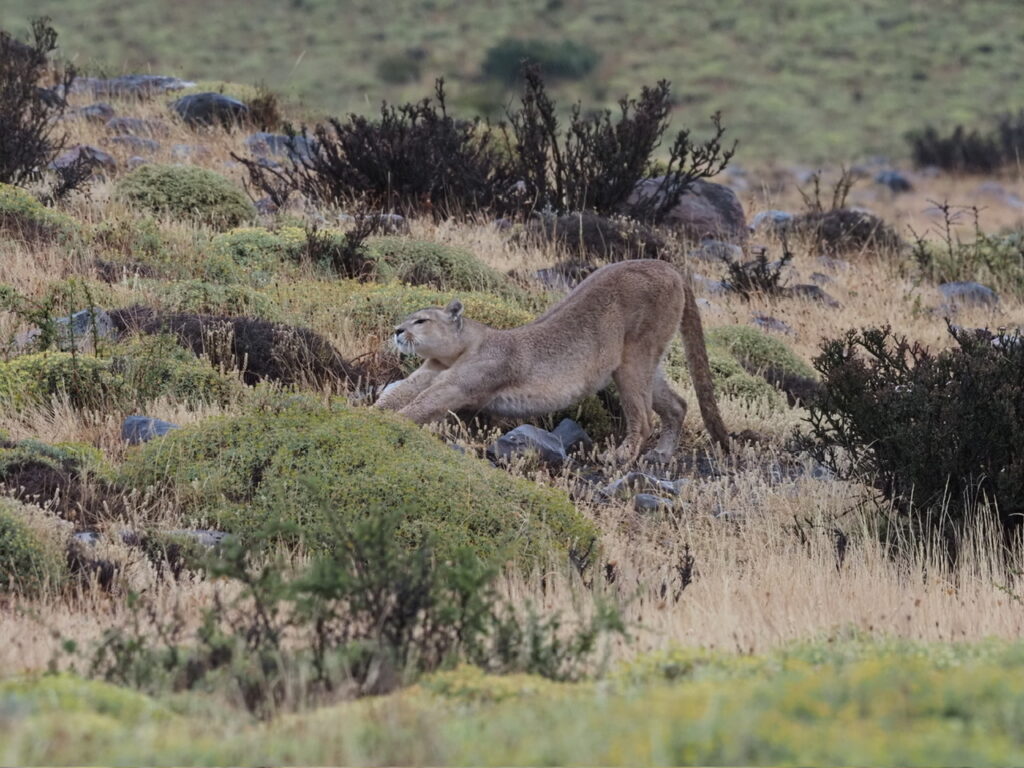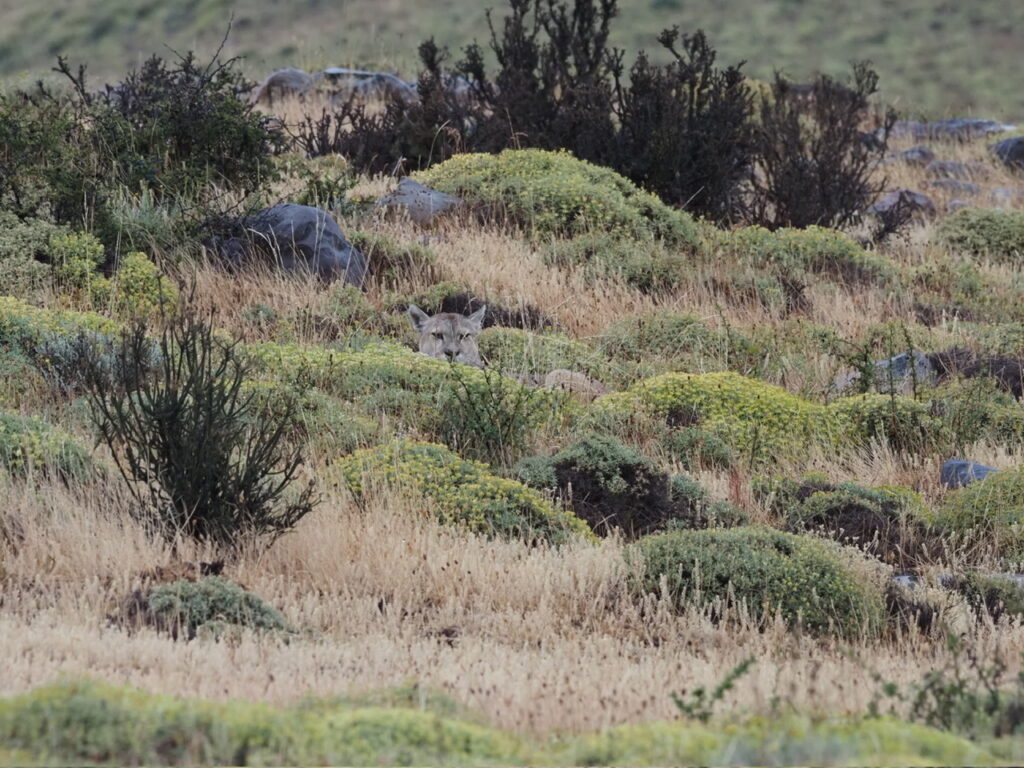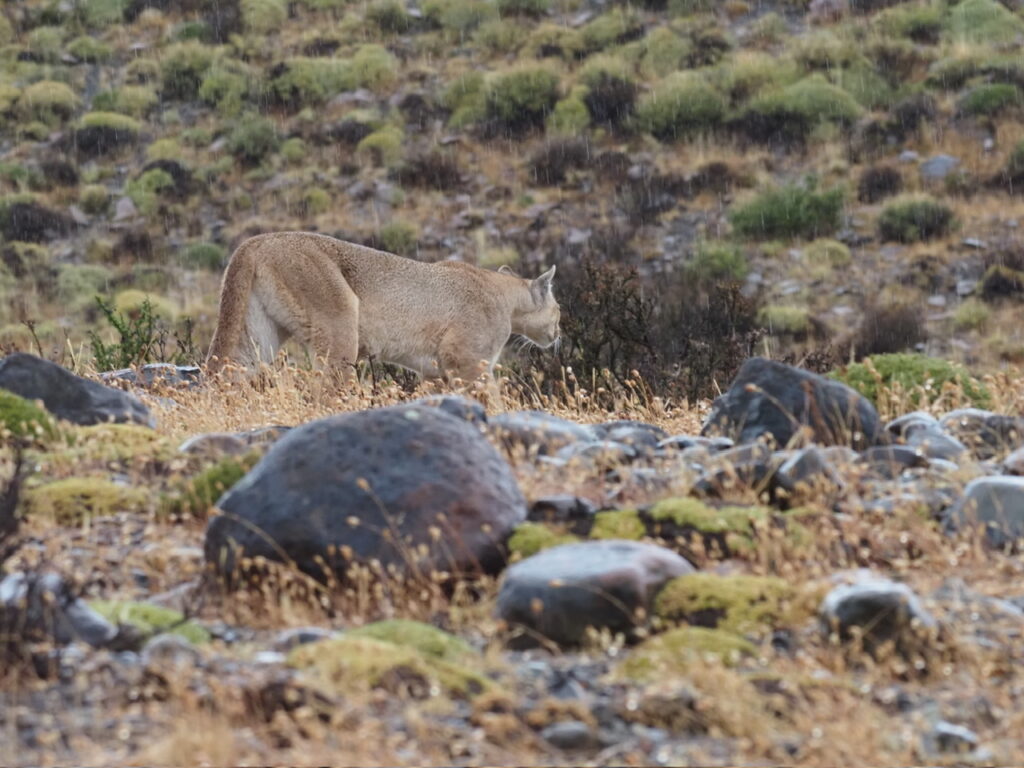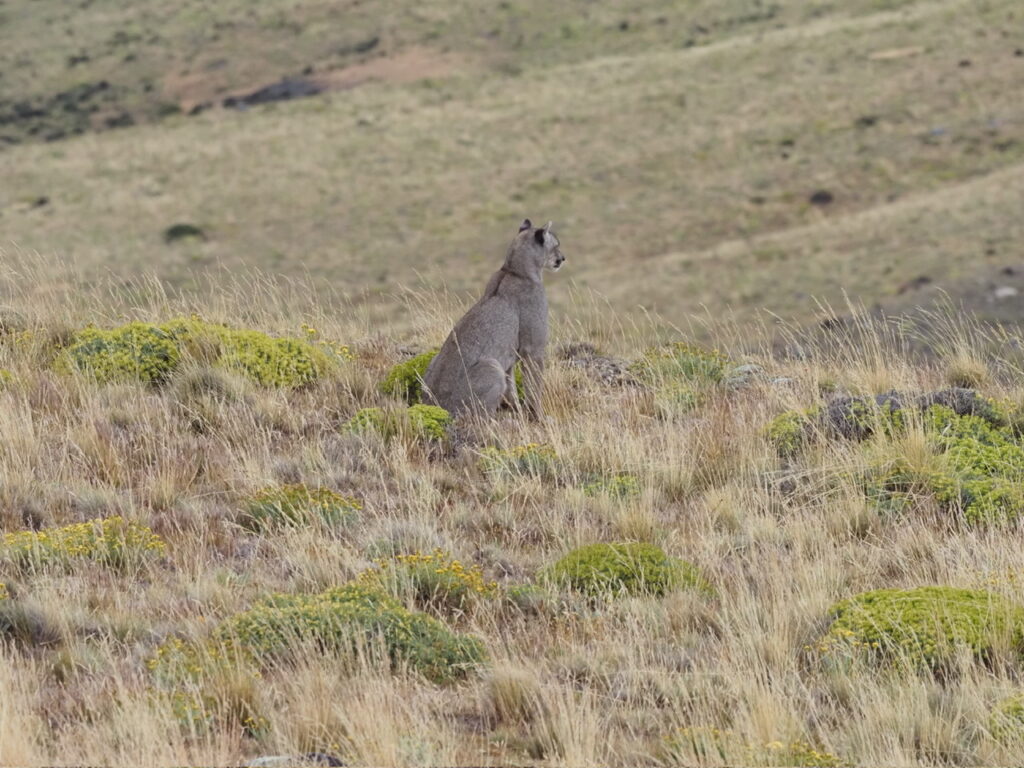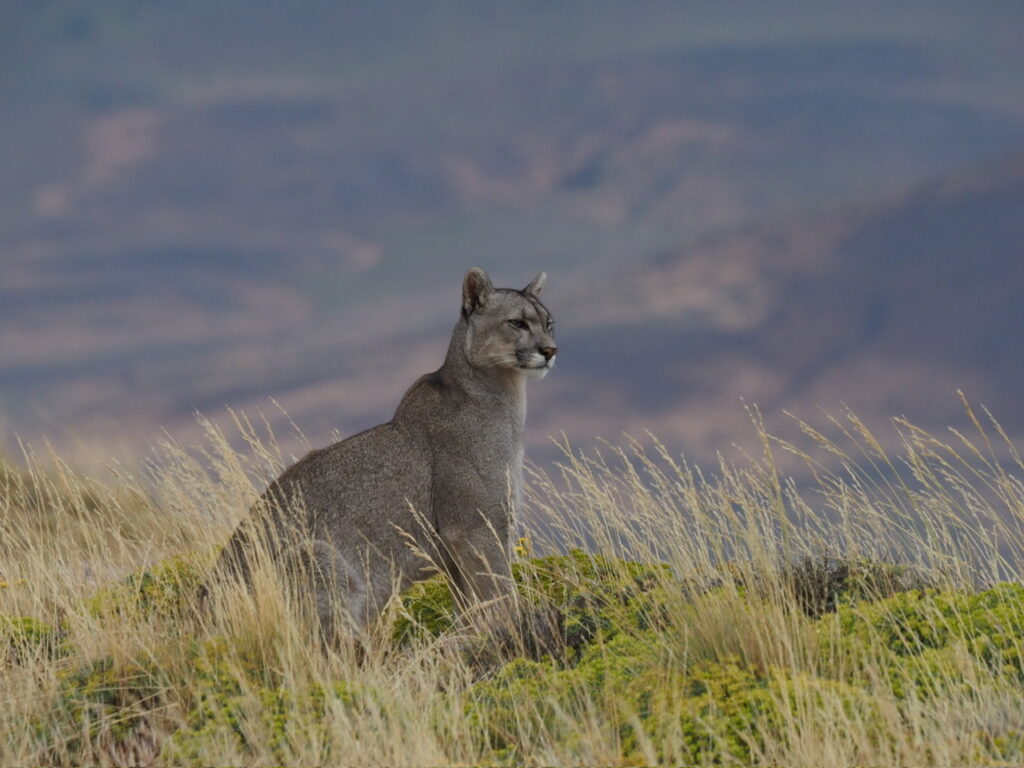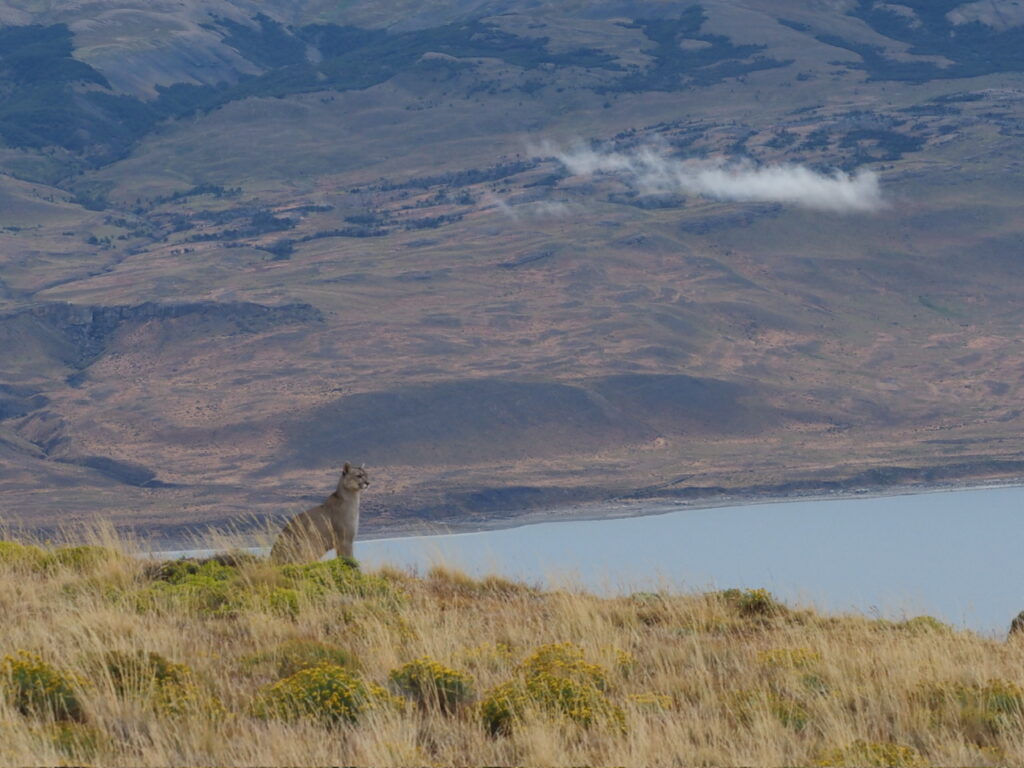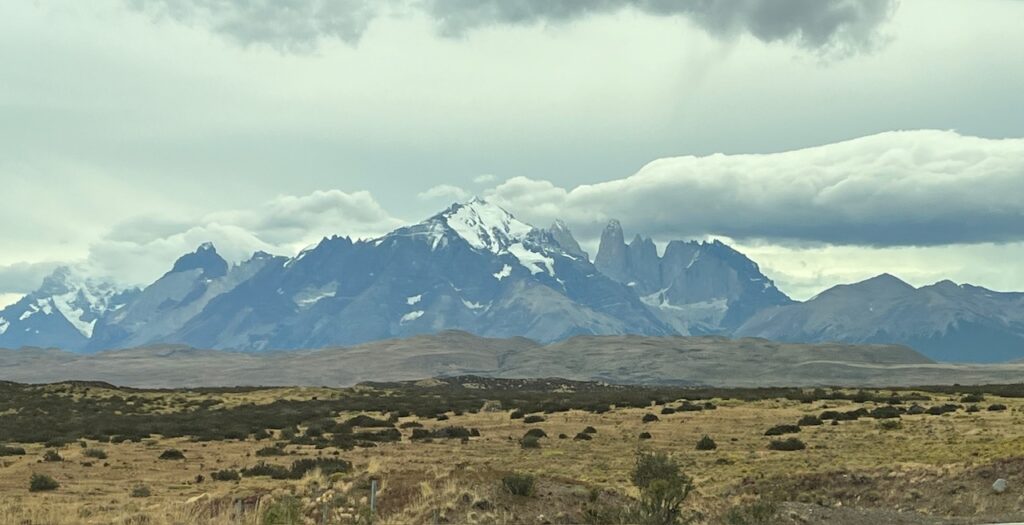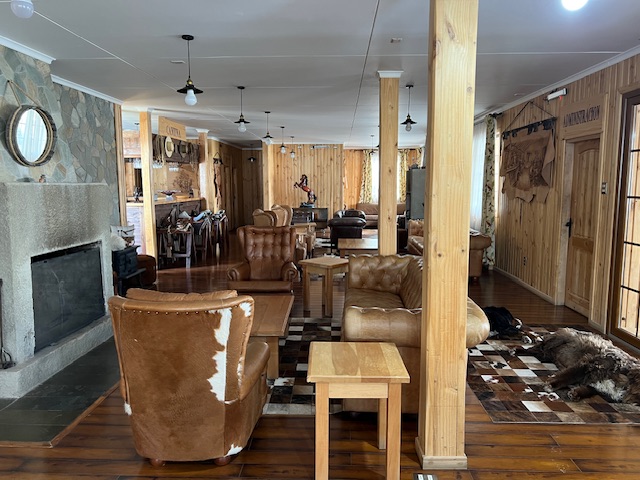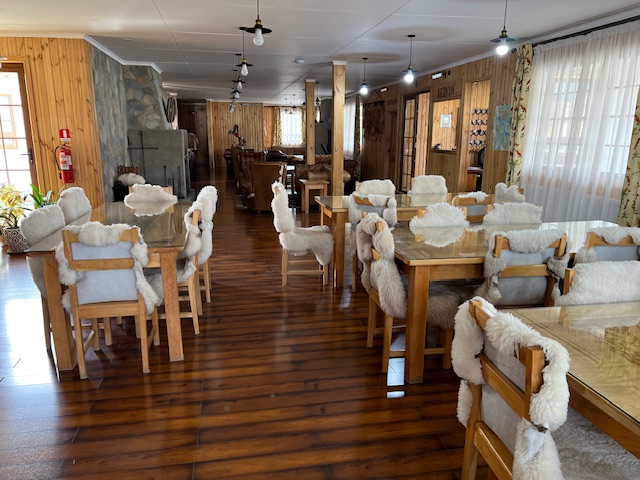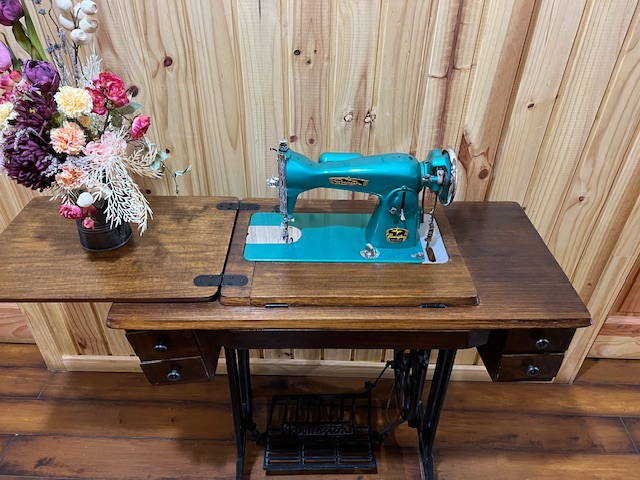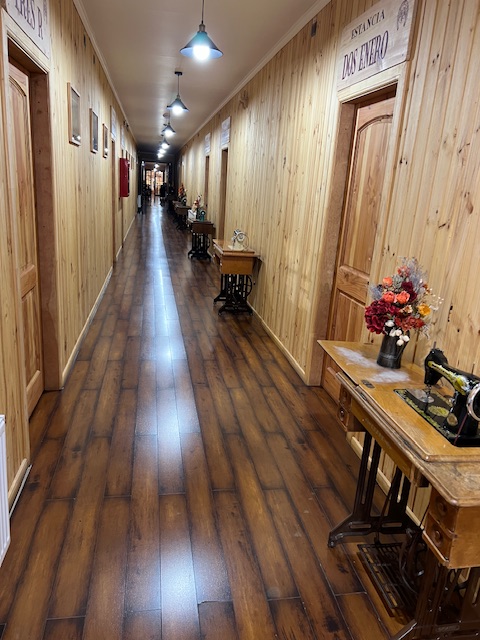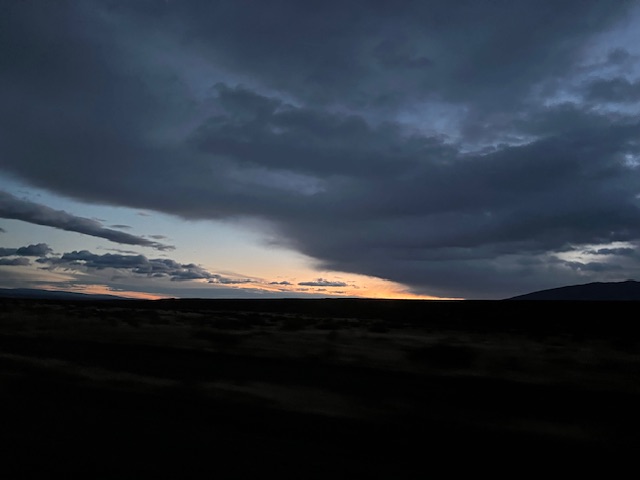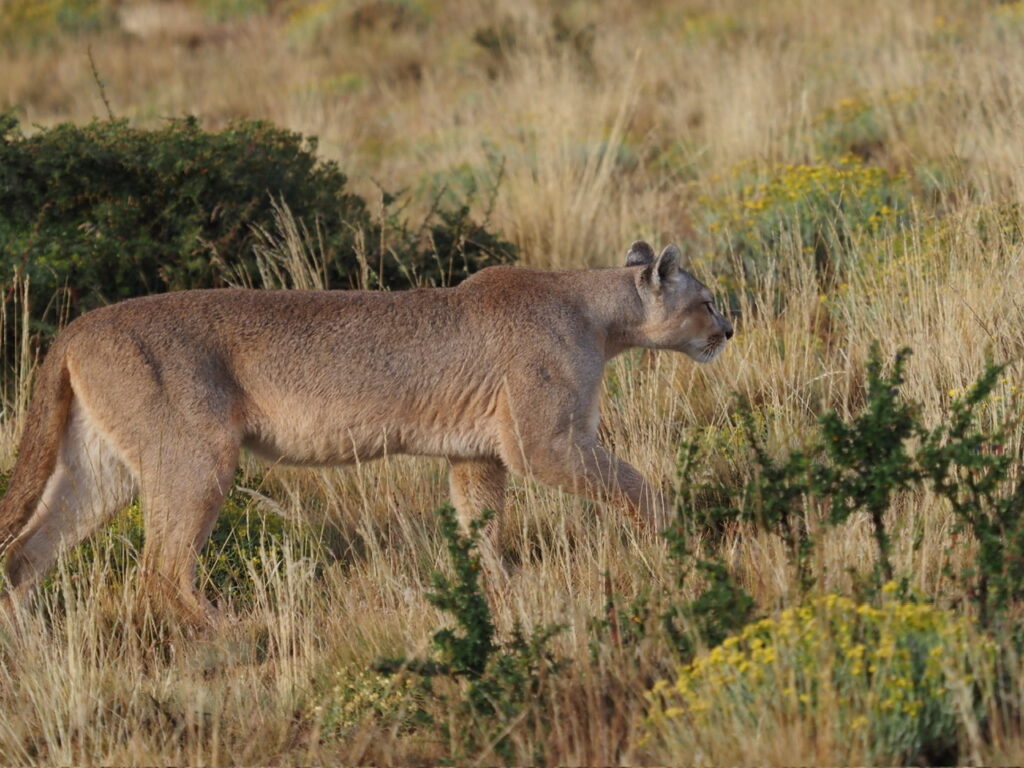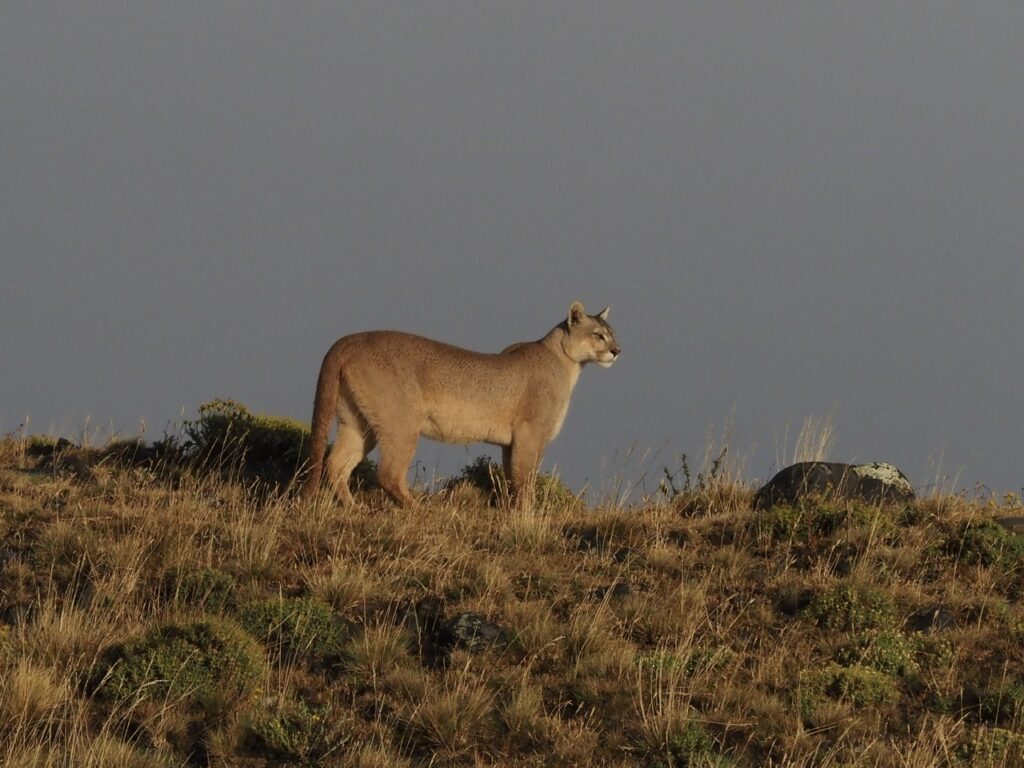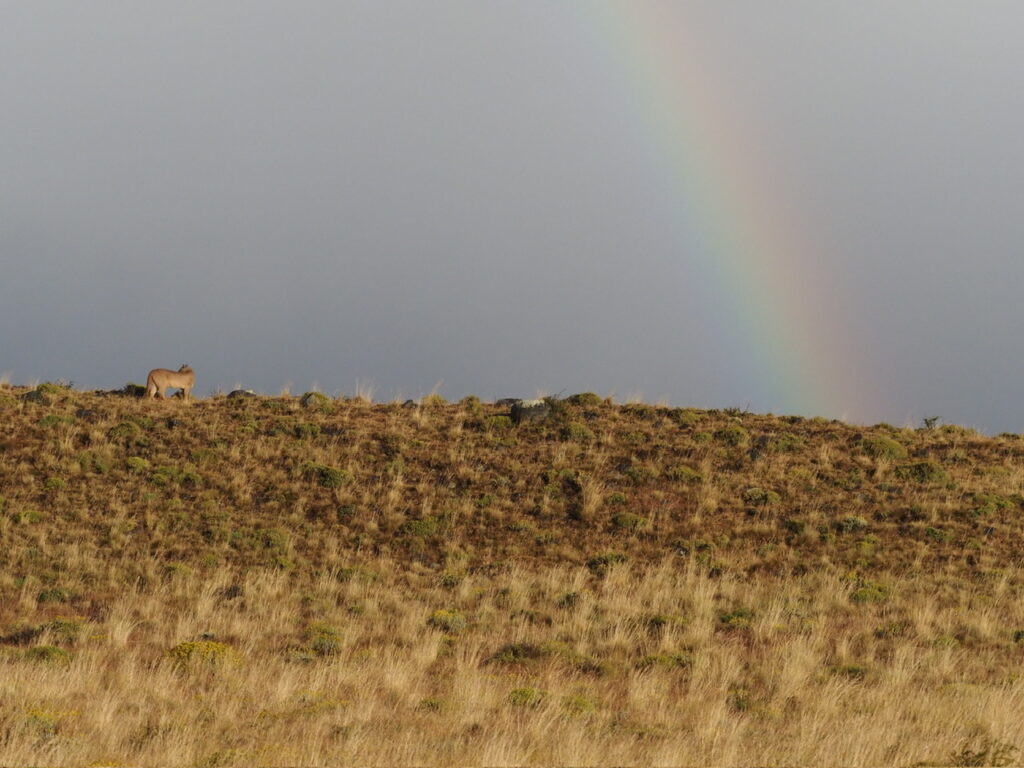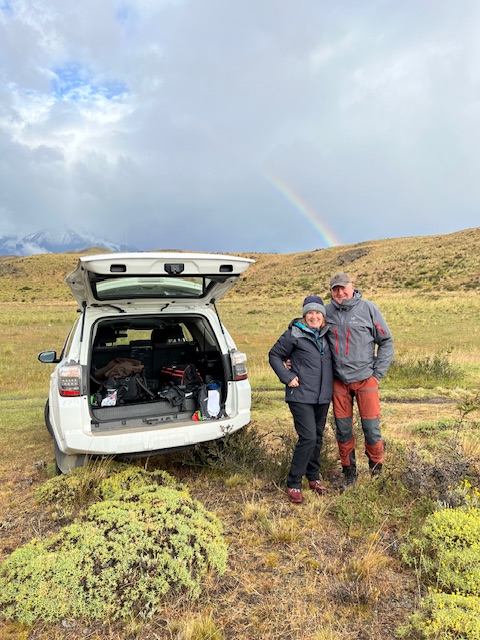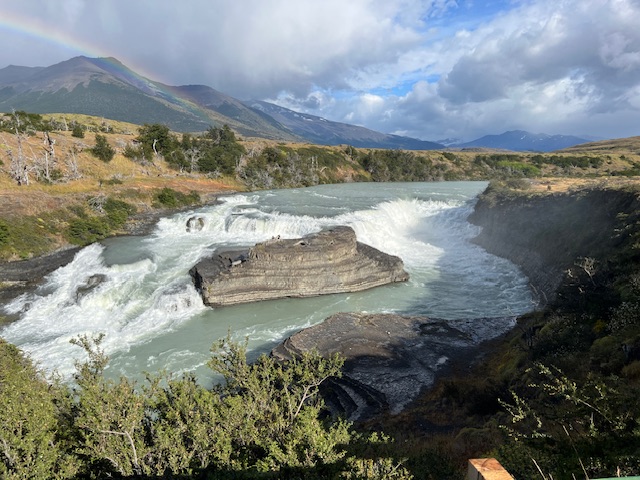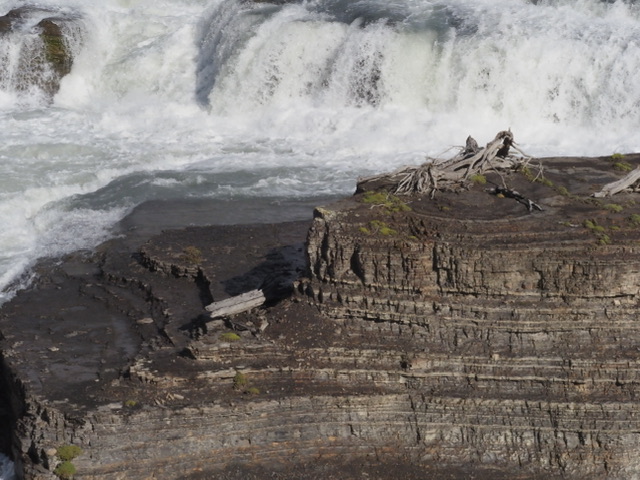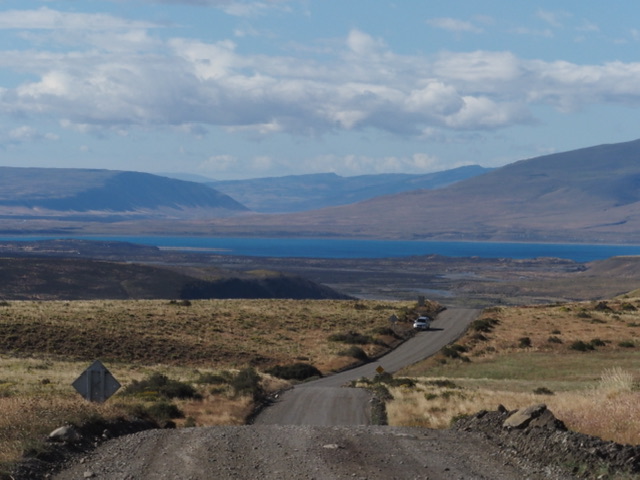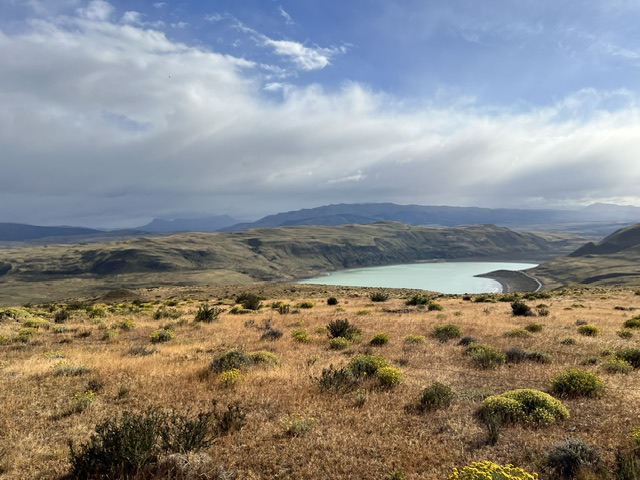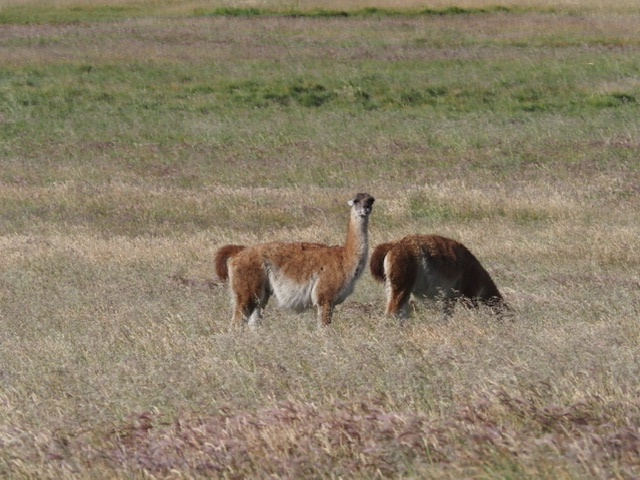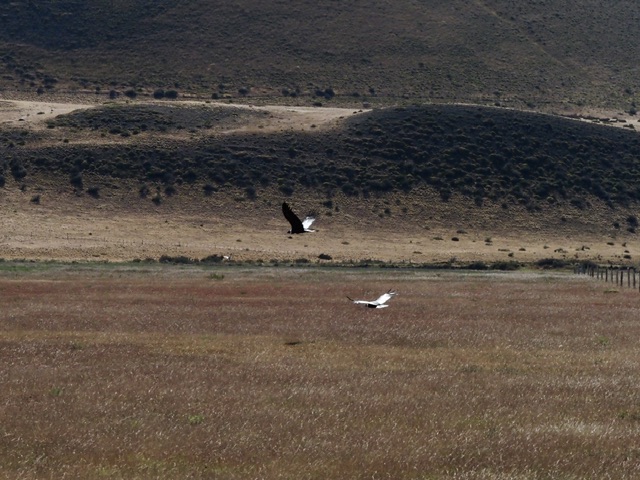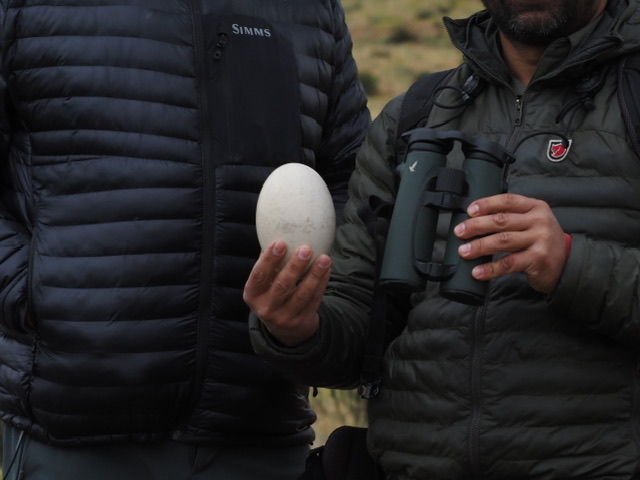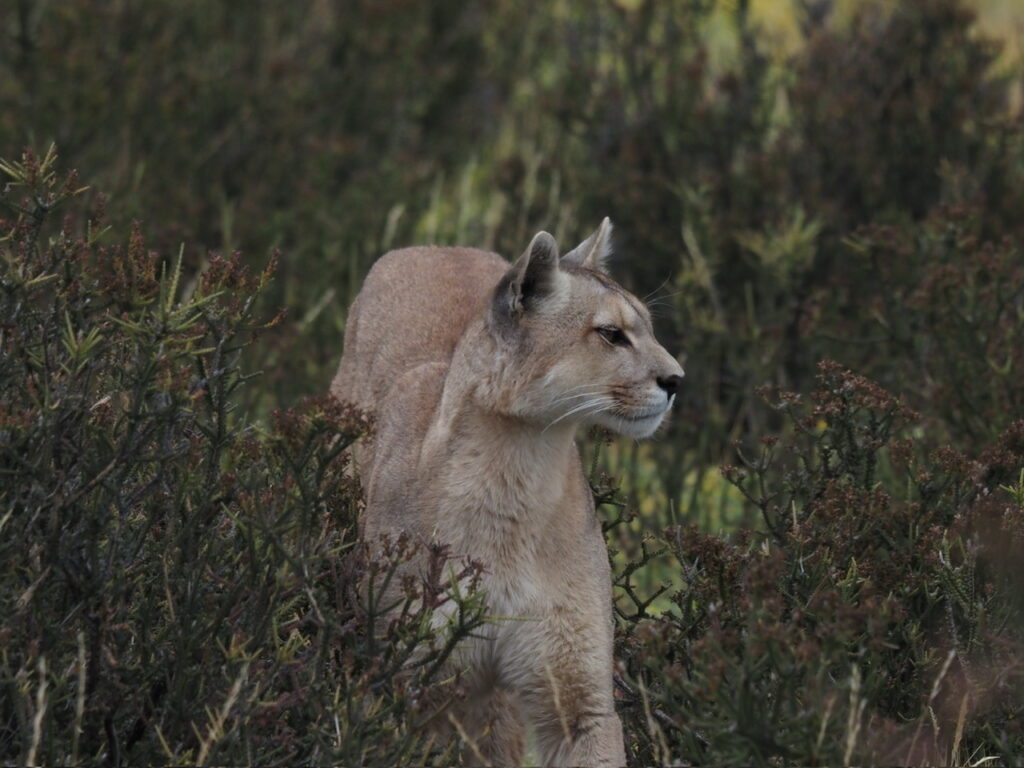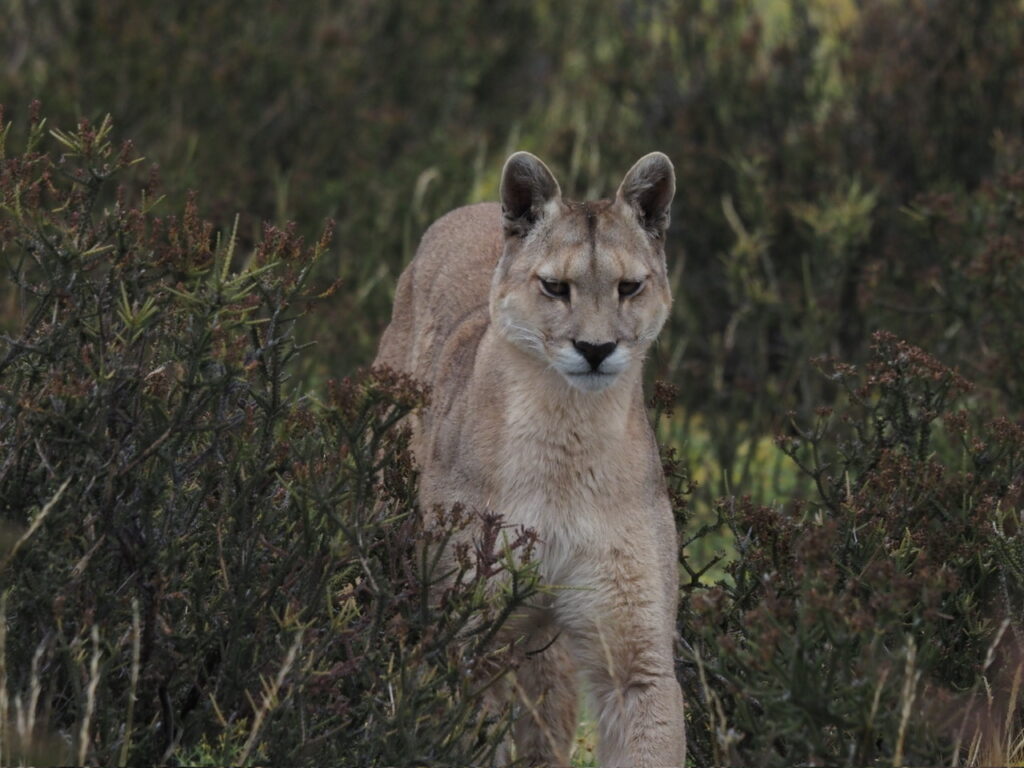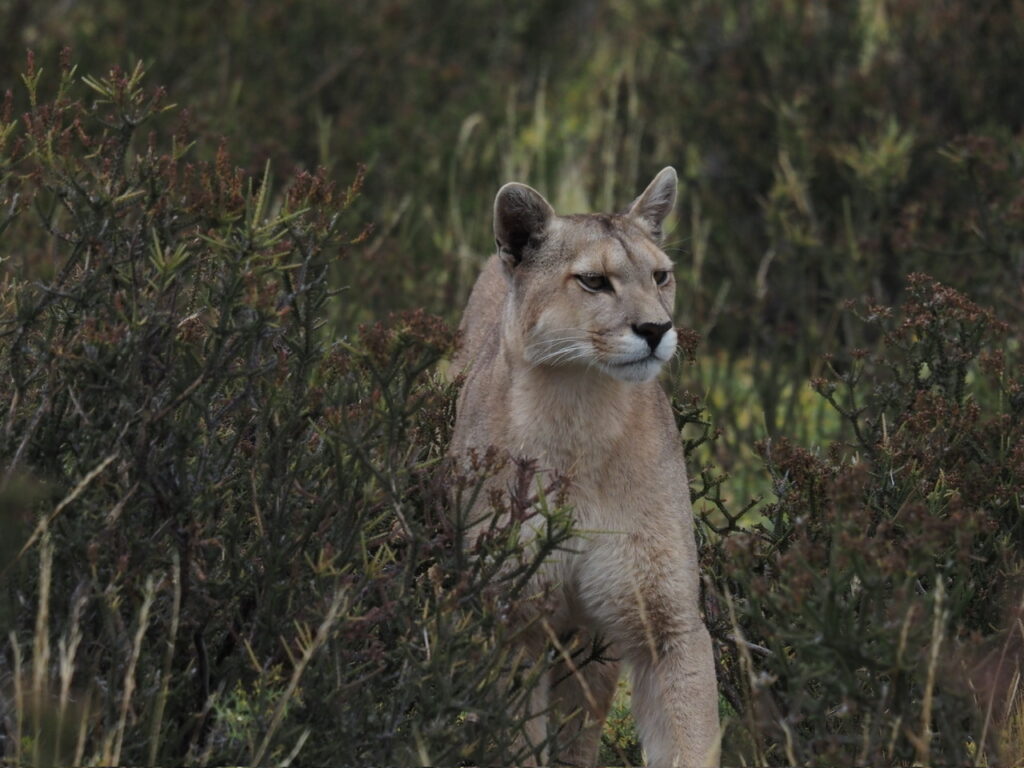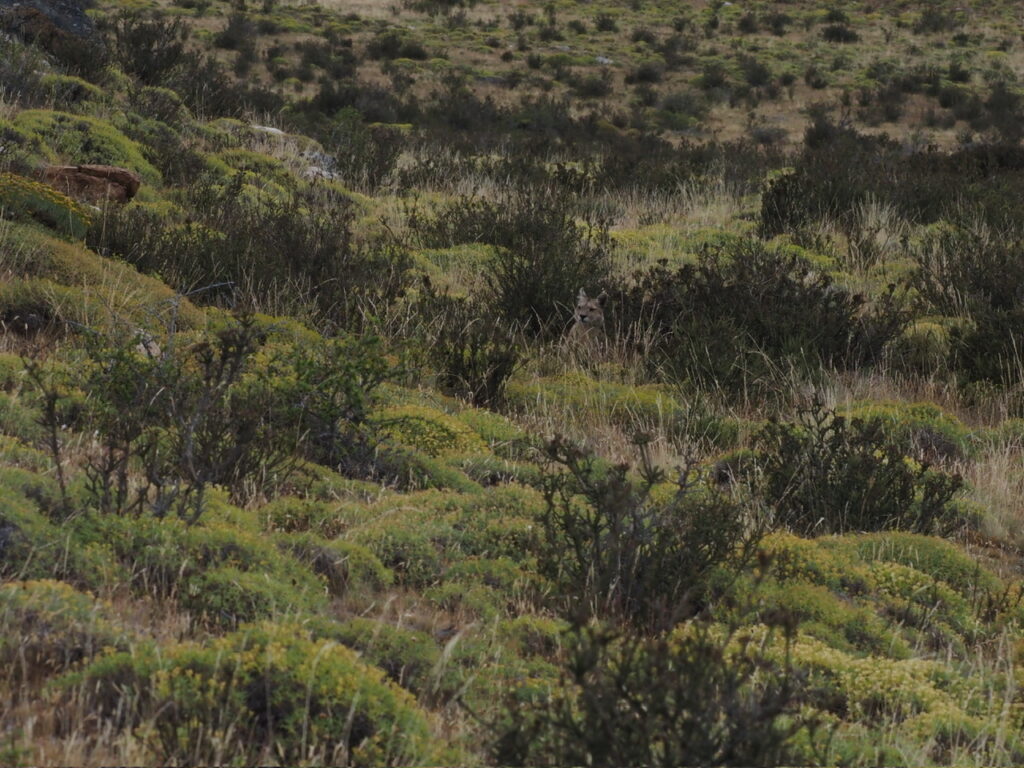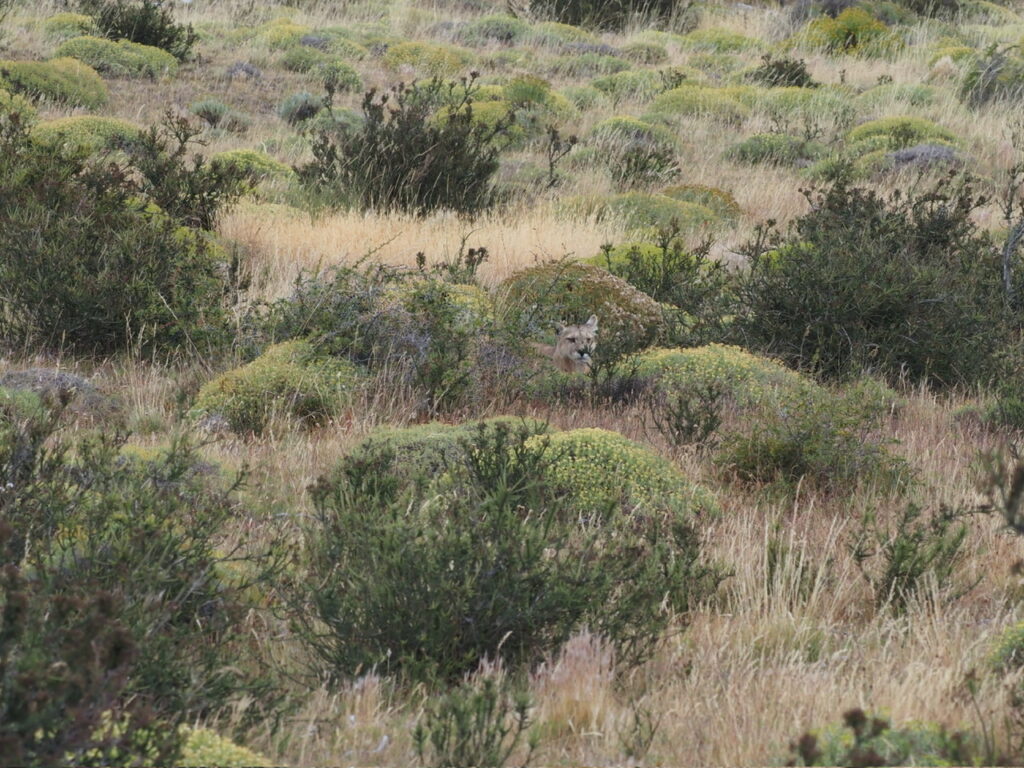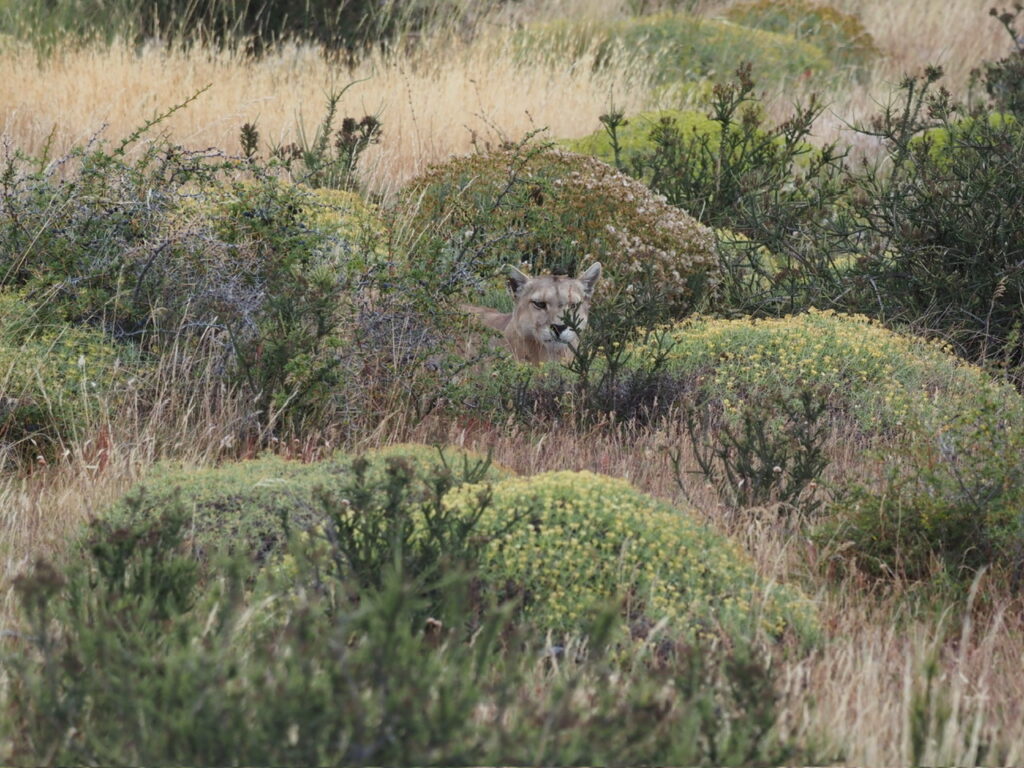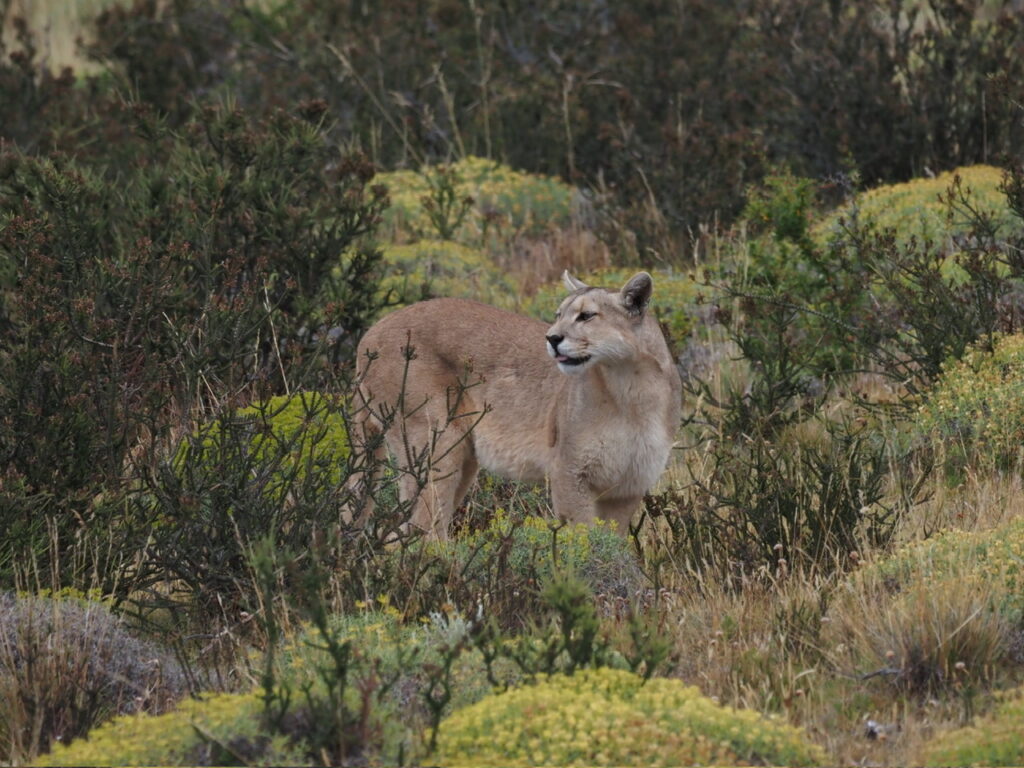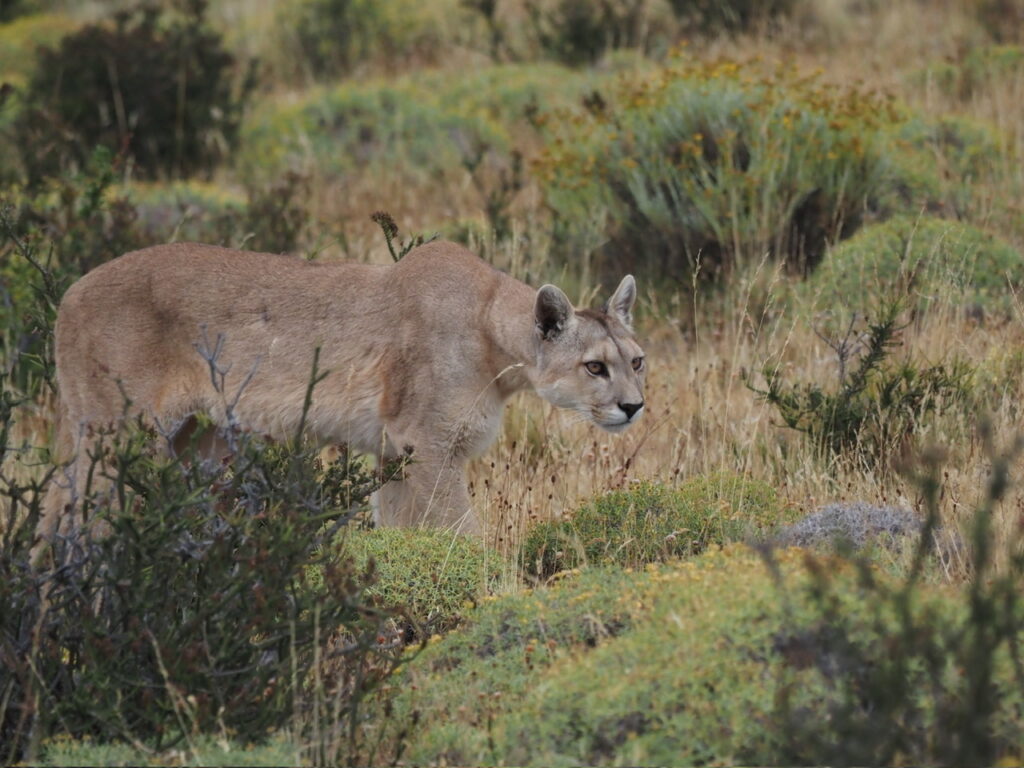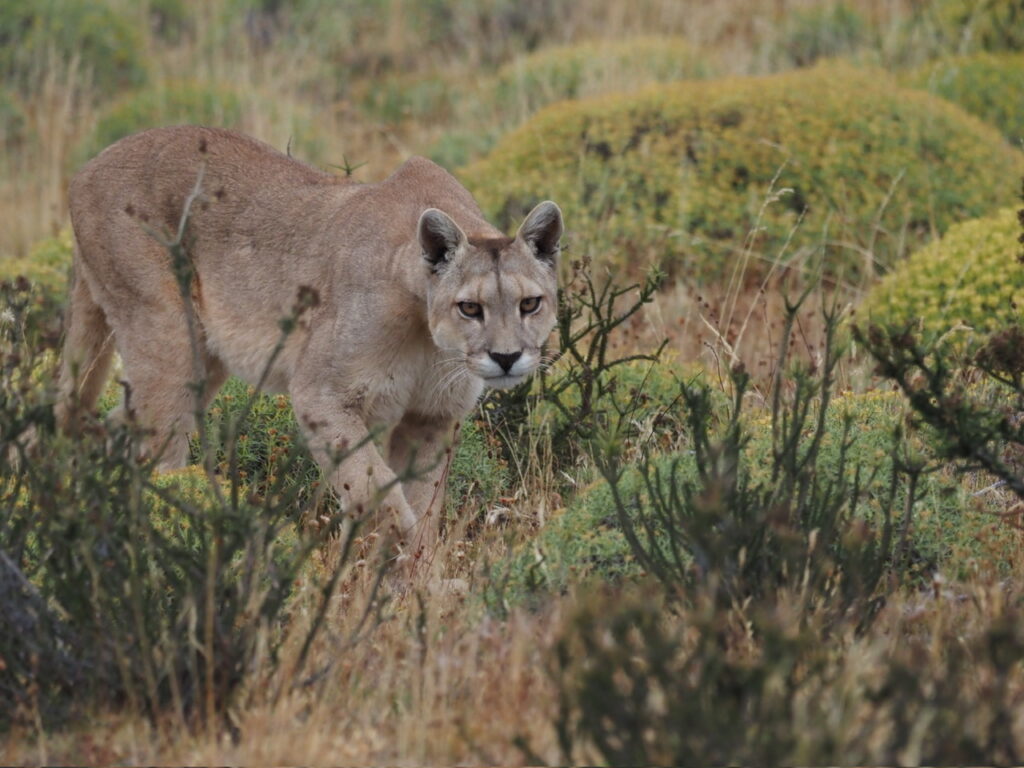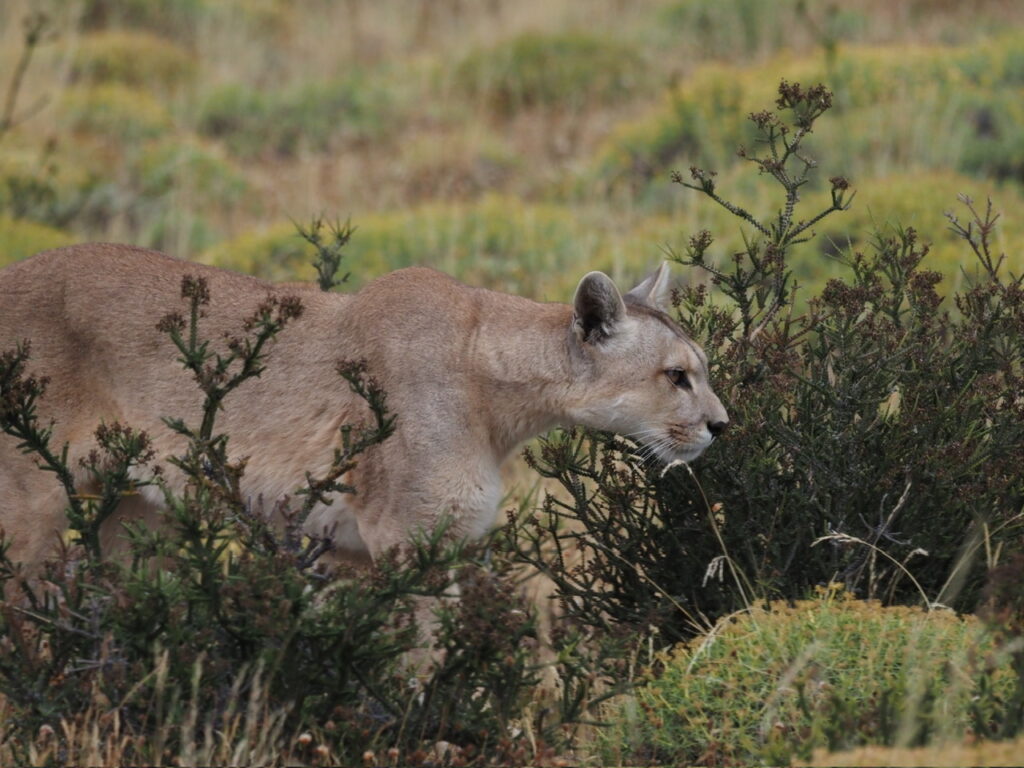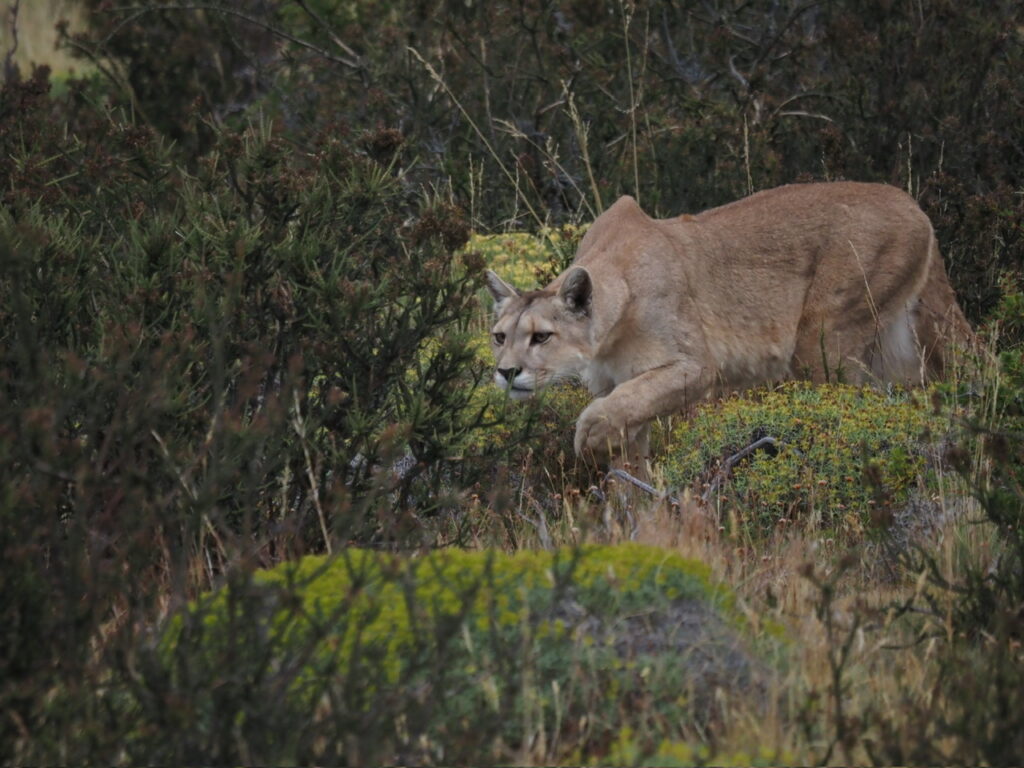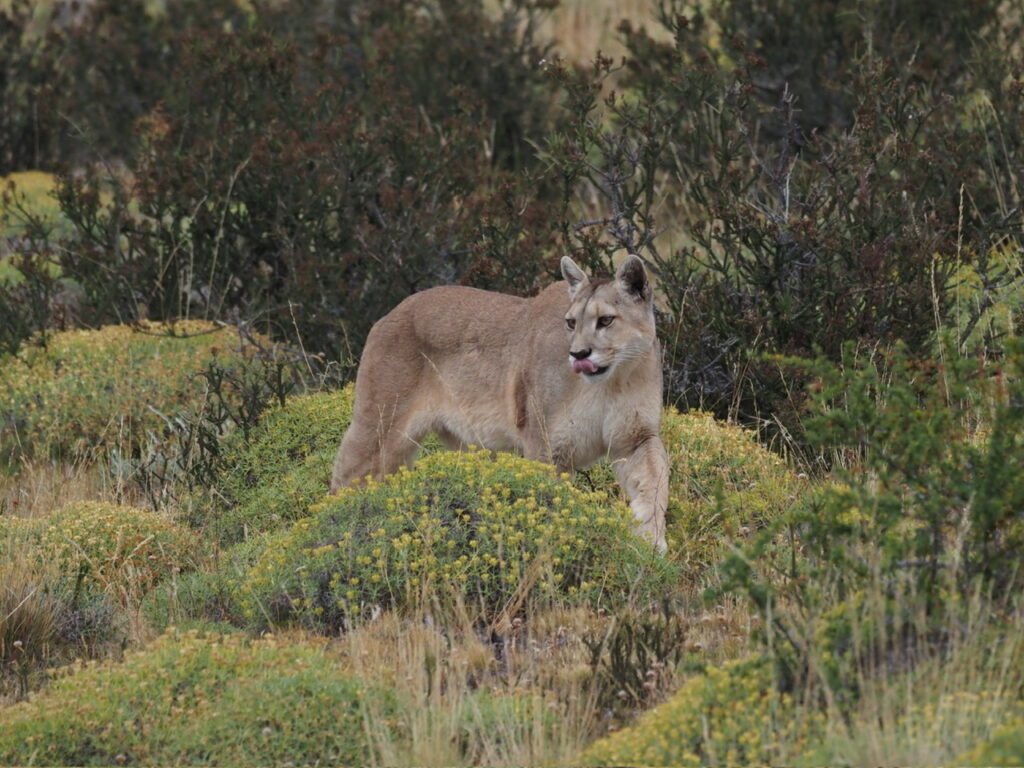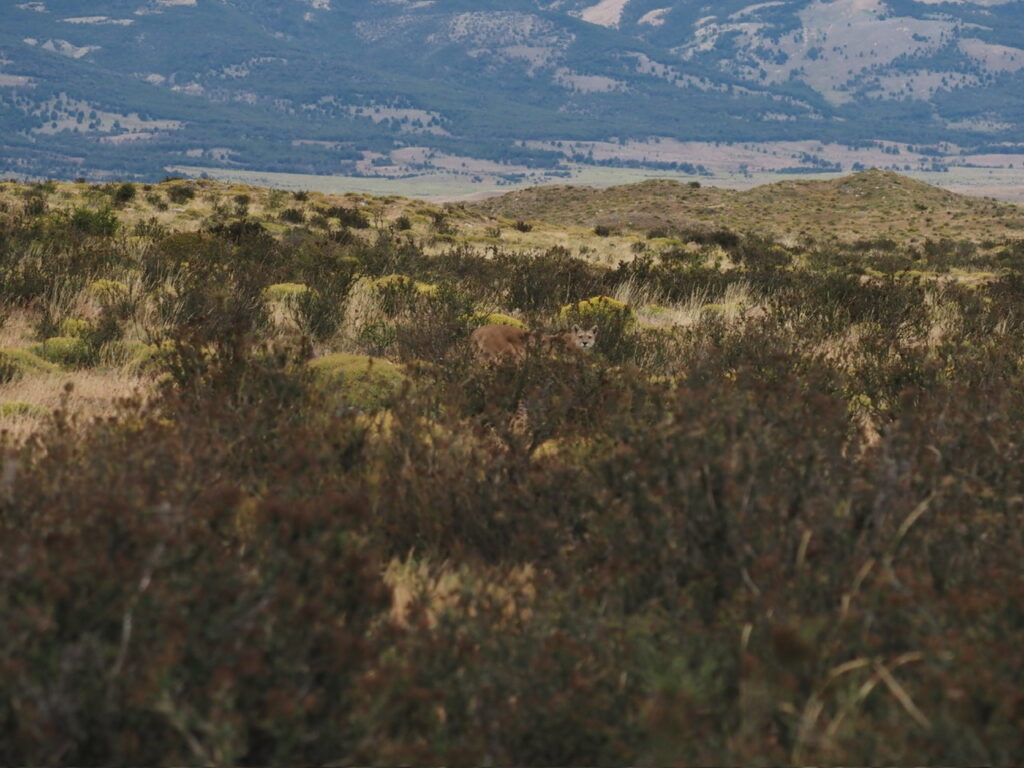The drive from Cerro Castillo to Puerto Natales takes about fifty minutes. The road is good, as is the weather and yet again affords some splendid views, together with the obligatory rainbow. Condors soar over the plains but as ever are too distant for any reasonable photographs.
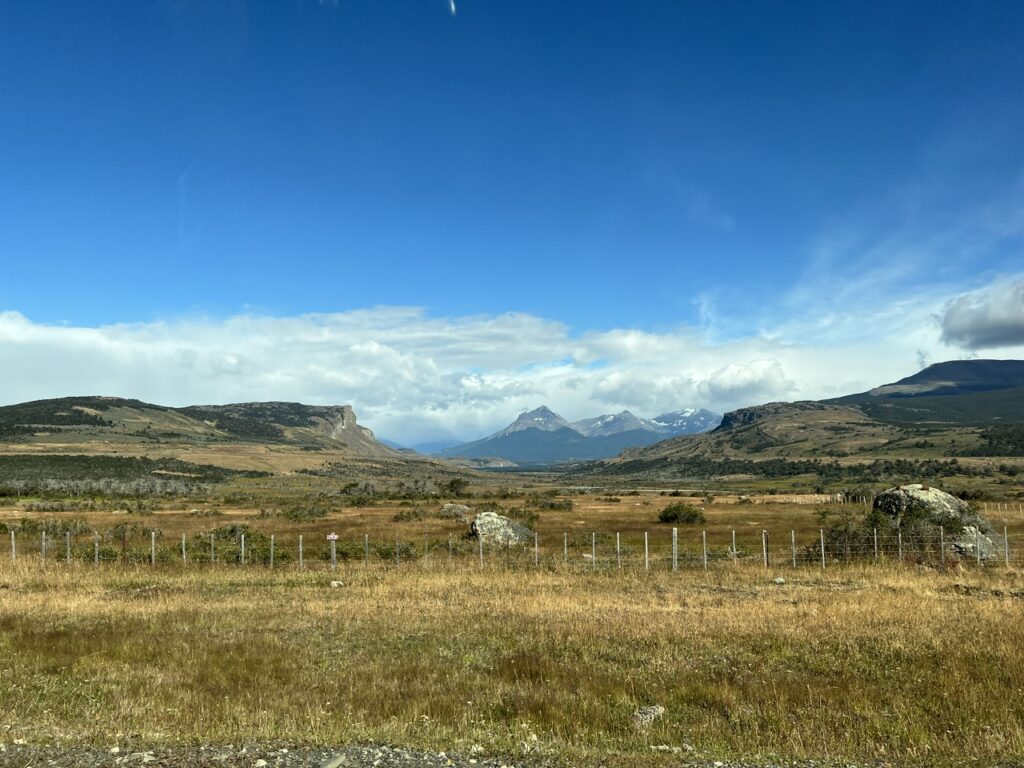
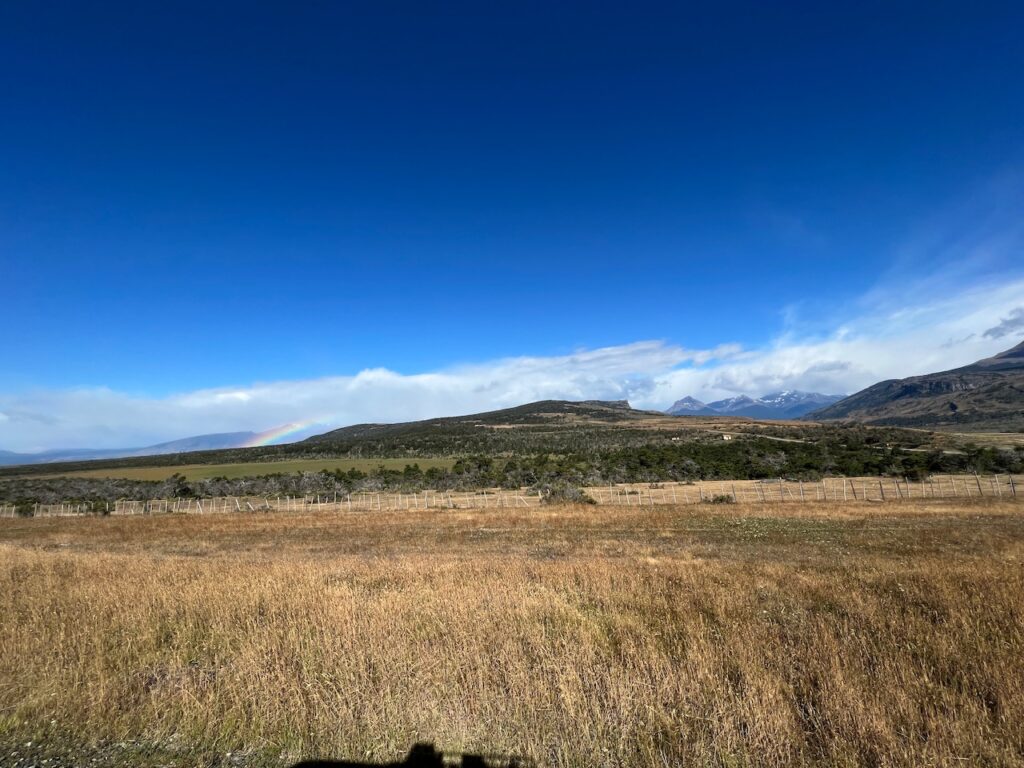
Our plan had been to visit the Milodón Cave where in 1896, German explorer Eberhard Hermann found the fur and bones of a Mylodon, an extinct huge ground sloth. Our new guide Diego said we needed to apply for tickets on-line. Well after an abortive 30 minutes I gave up. The site required passport details and pretty well every other detail you could imagine. When I went to pay it told me I had missed something which I had not. Life is too short for this nonsense…. Instead we find a lovely little cafe which sells great coffee and pastries.

Puerto Natales was originally a small fishing port but as it is the main gateway into Torres del Paine tourism has also become important. The town has that cold, end of the world type feel that you expect in Arctic and Antarctic regions. Buildings are functional and built to withstand the inclement weather. We stroll round to get our bearings, see a vehicle equipped to cope with all the environment can throw at it and settle in a bar that likes to make the local dog population feel at home.

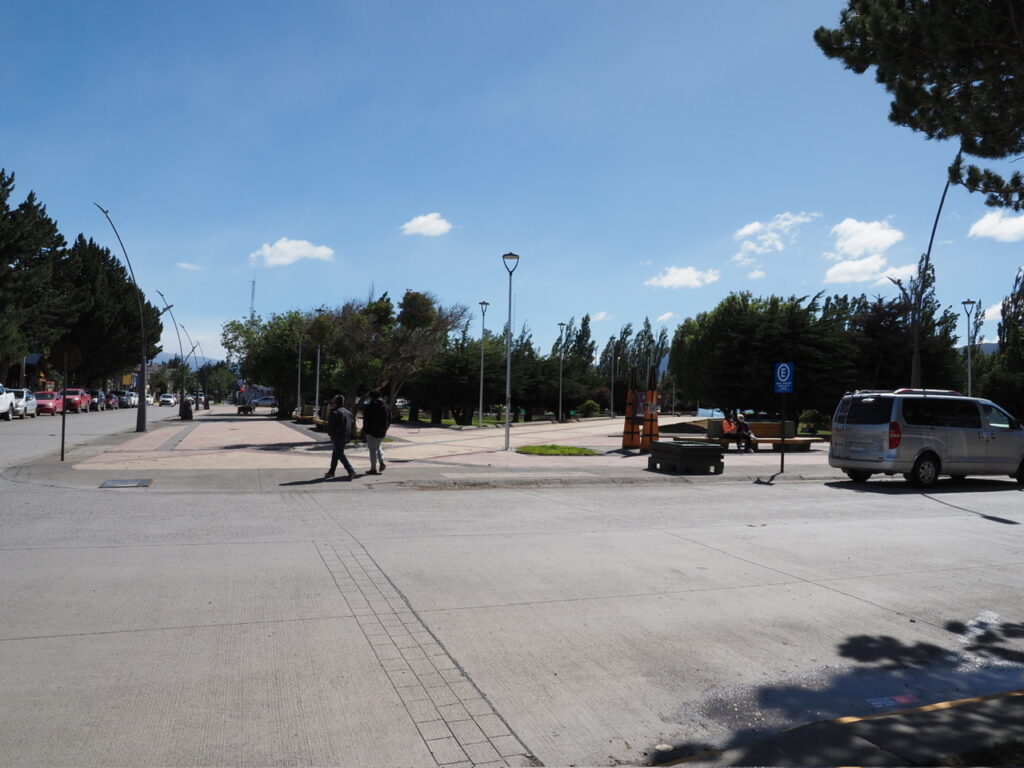
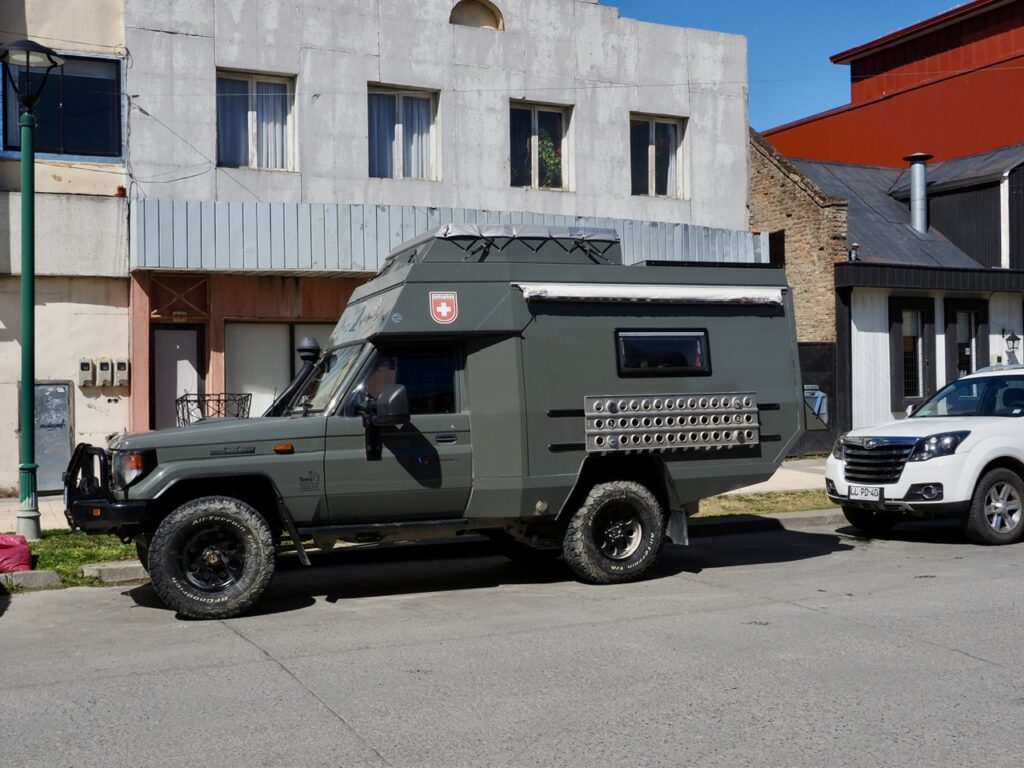
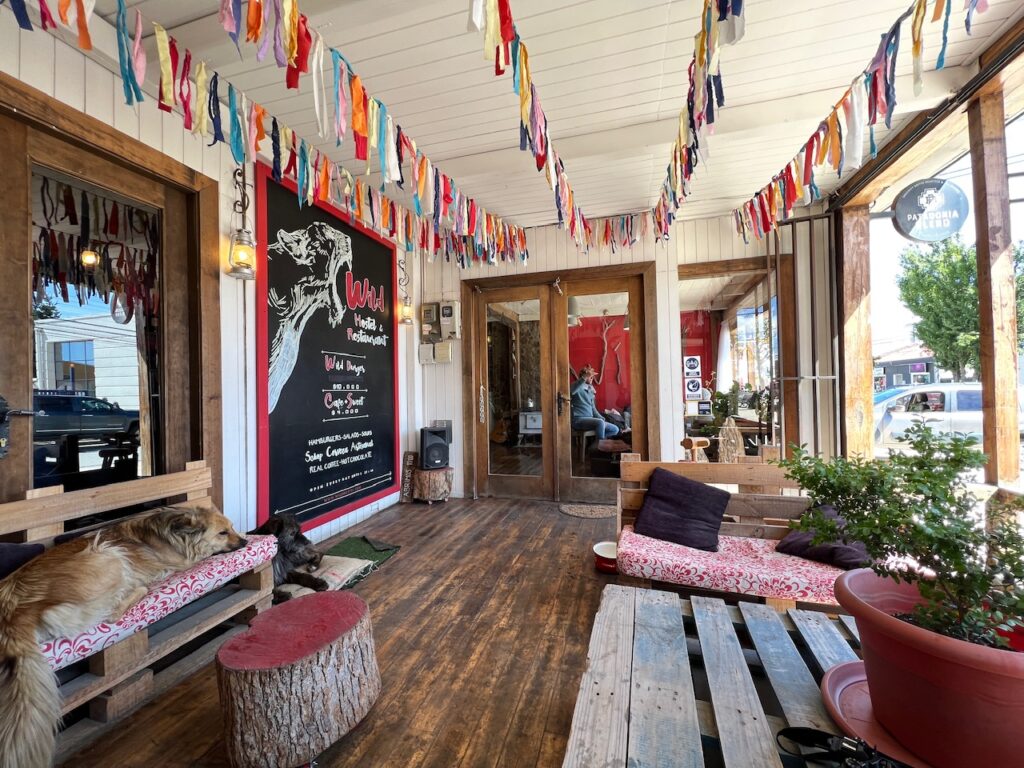
At 15.00 our room is ready so we can finally check-in. We are staying at Noi Indigo which is in a great position on the promenade. It’s a bit quirky. I would say that it is kind of expensive for what is on offer – the room is small, but the bed is comfortable and the view through the large window is excellent.

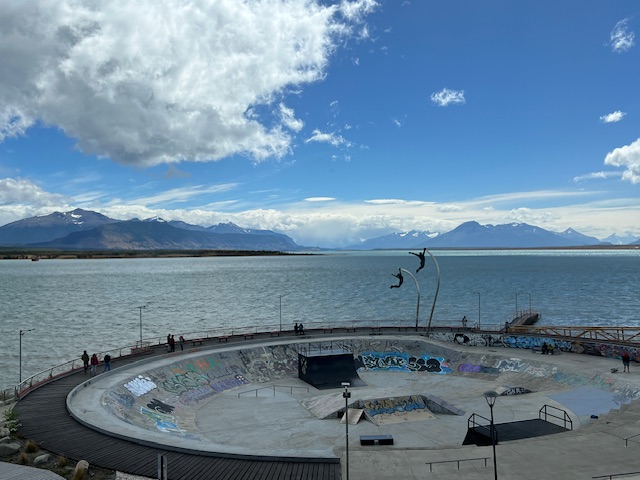
We are only here two nights. Just enough time to unwind a little and catch up on some sleep. What Puerto Natales has in spades is some very good restaurants. Nana recommended Santolla to us and we are not disappointed. The starter of scallops three ways is sublime and my seafood broth excellent but TOO BIG!!


The next day we take a short taxi ride to the airport. I have an email in Spanish, which we think says that Paul’s rods were on a flight from Santiago yesterday. The airport is tiny and there do not appear to be any staff around. I type “Where do we collect lost luggage?’ into a translation app. I find a back office with some staff in it and show them my phone. I describe the item and their faces light up. Yes – they have found the owners of the mystery package. It is rapidly recovered from a back-room and Paul is re-united with his very precious rods.
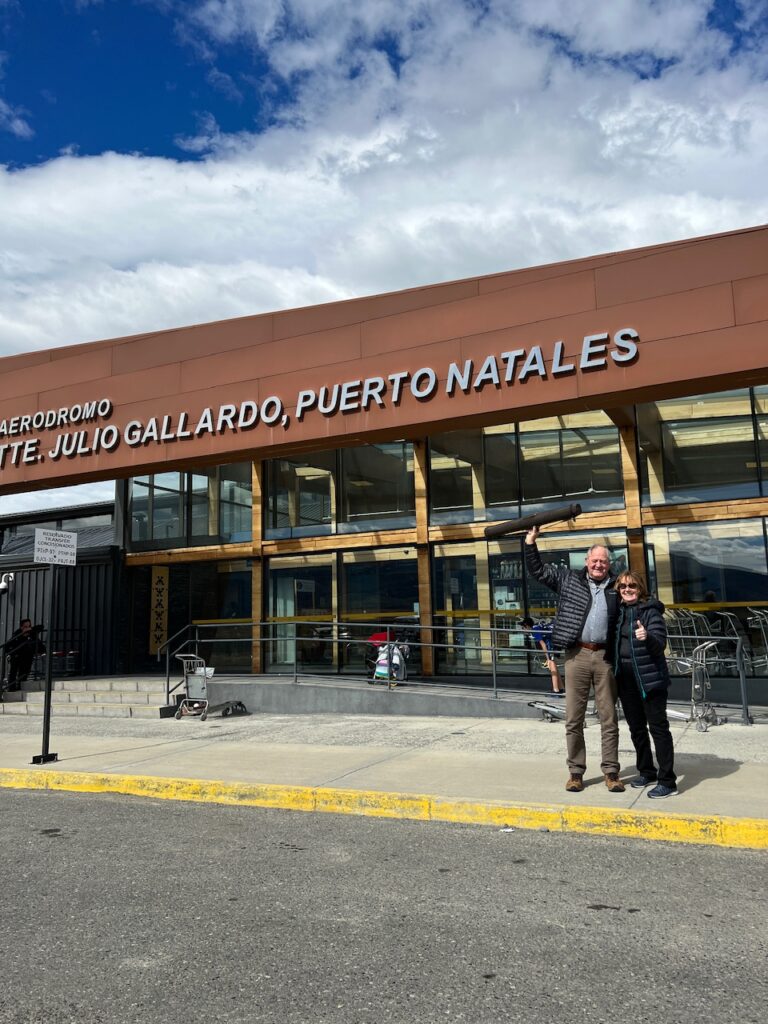
We take the rest of the day easy with a stroll along the promenade and a coffee stop.
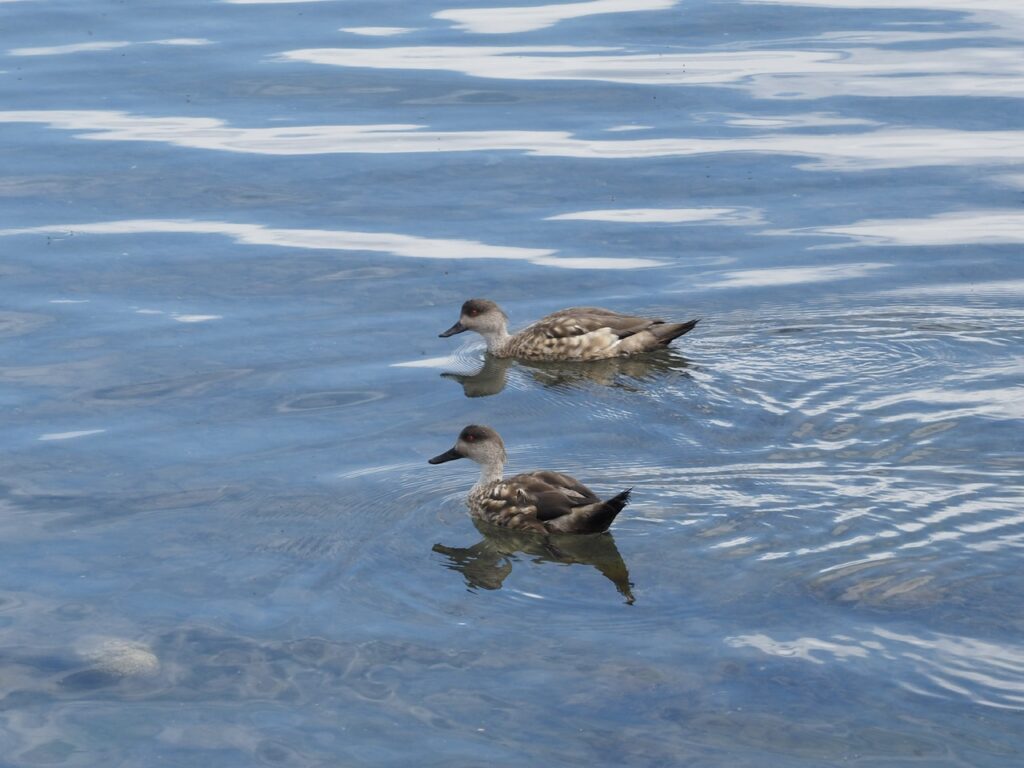
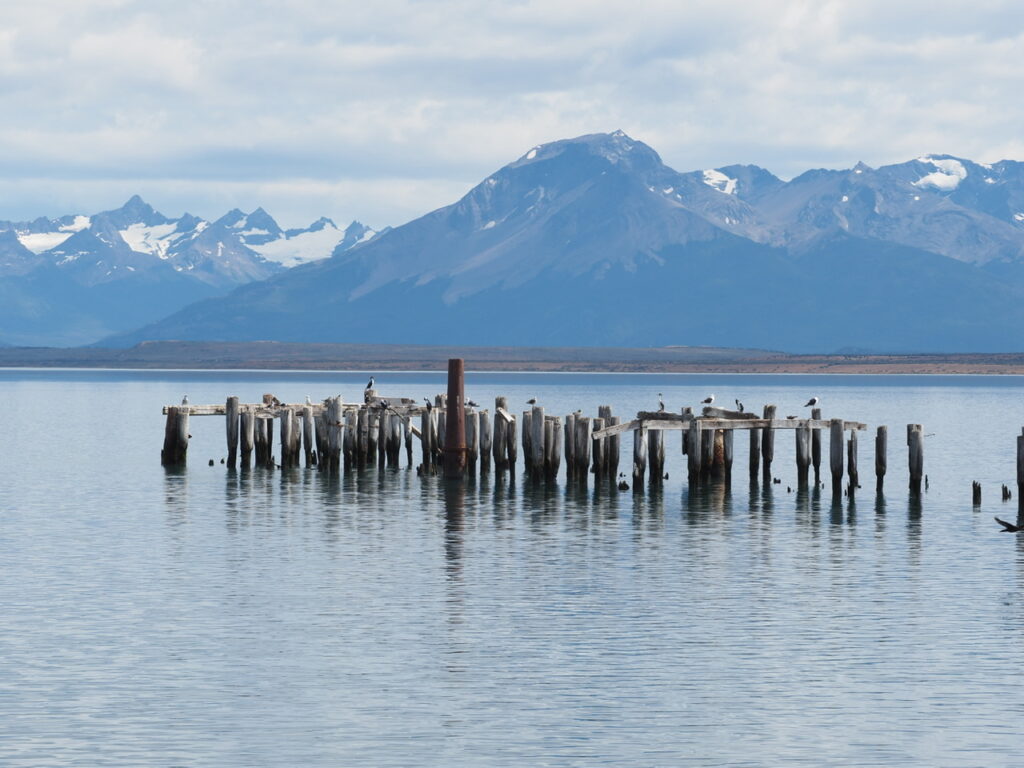
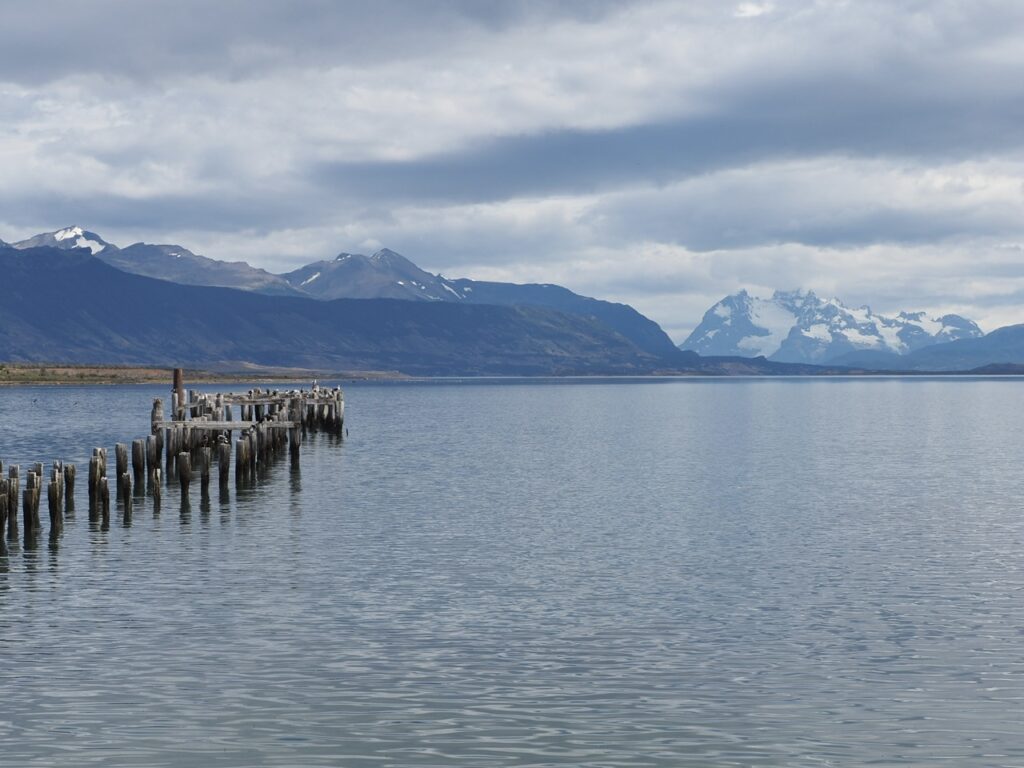
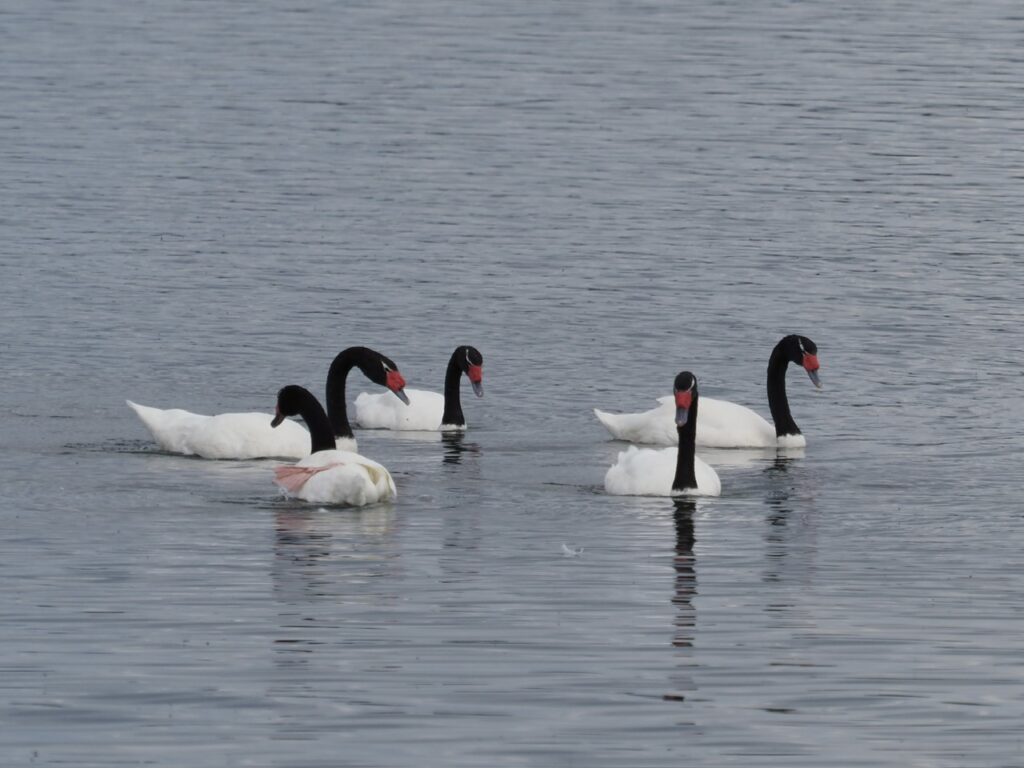
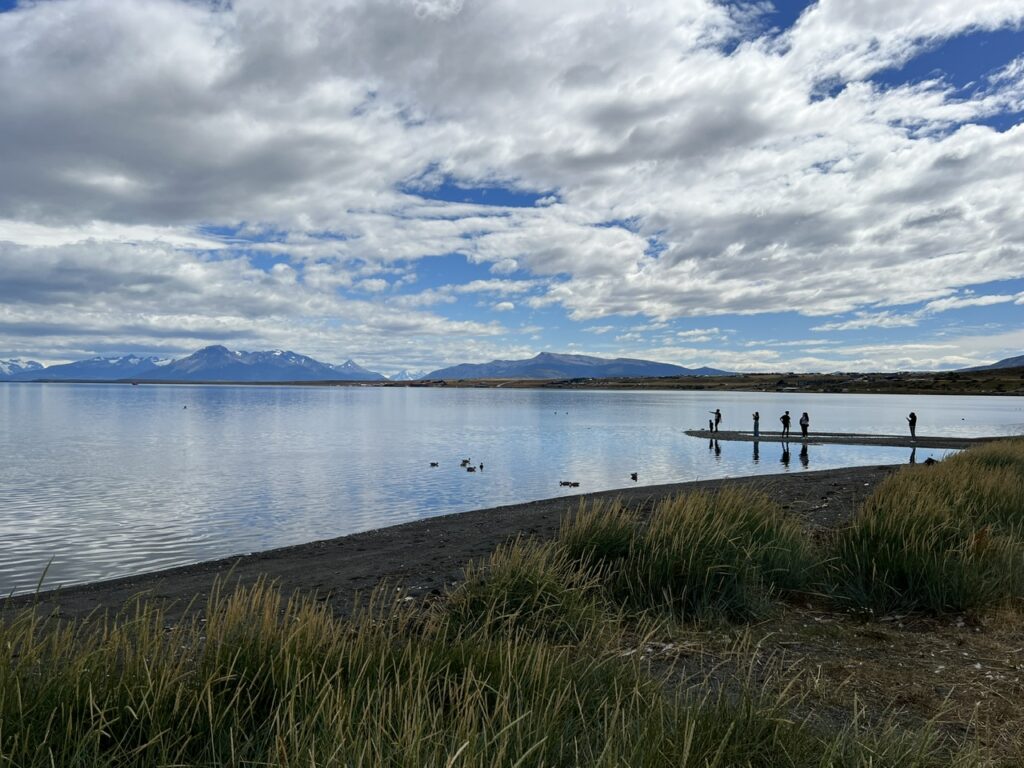
We return to the same restaurant where we had lunch yesterday. We shared quesadillas which were very tasty and prepared three ways accompanied by a nicely chilled Chardonnay. An afternoon nap is followed by more eating and drinking. We order pisco sours in the hotel bar which has great views across the bay. I do not know how it has taken me so long to discover this delicious drink. It is made from pisco (a white brandy) mixed with sugar, lime juice and angostura bitters. Sometimes egg white is added. Delicious…and strong!
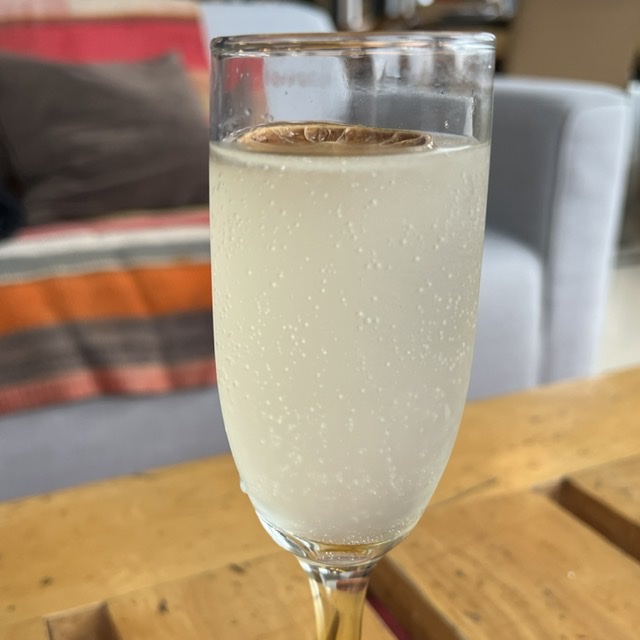
We have reserved a table at Bahia Mansa for 19.00 which is when it opens. It is rather strange though as there is no sign of life at 18.55! Eventually someone turns up, tables are re-organised and we are seated by the window. By 19.15 they finally seem to be setup and we order our meal. We are in an adventurous mood so choose starters of guanaco carpaccio and salmon & scallop tartare. We share them and they are both good though way too much lime juice for my palate. Seafood is very good here and we order the hake two ways which is cooked perfectly but again it is overly acidic. With no bread or potato to counteract the experience I do wake up in the night with serious heartburn.

We leave Puerto Natales, say farewell to the ‘Amor al viento’ (Love of the Wind) sculpture of a bronze man and woman floating on the air and take the short flight to Puerto Montt for our next adventure.

